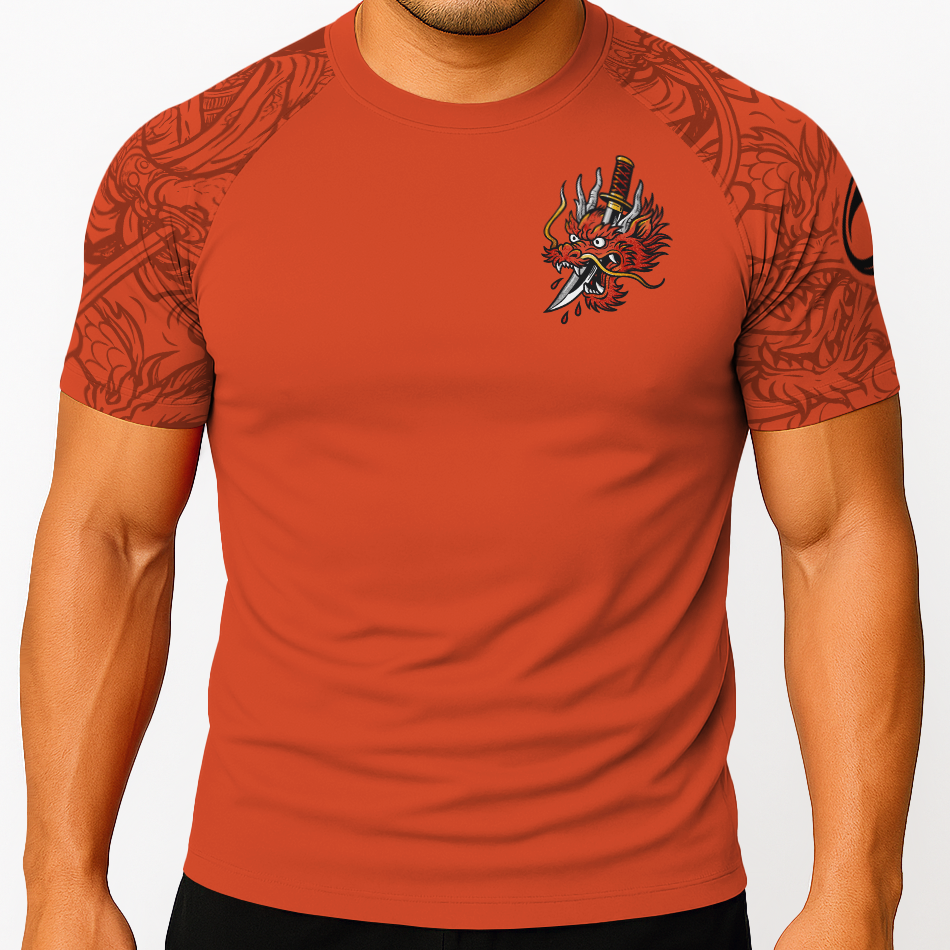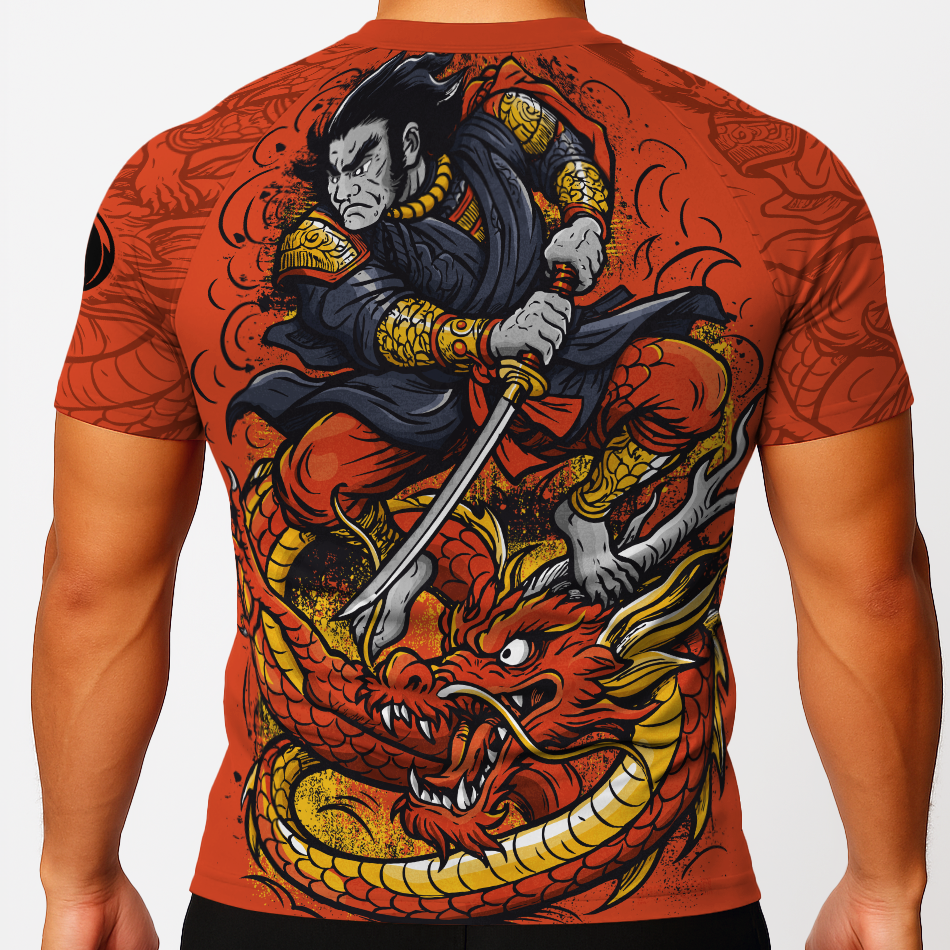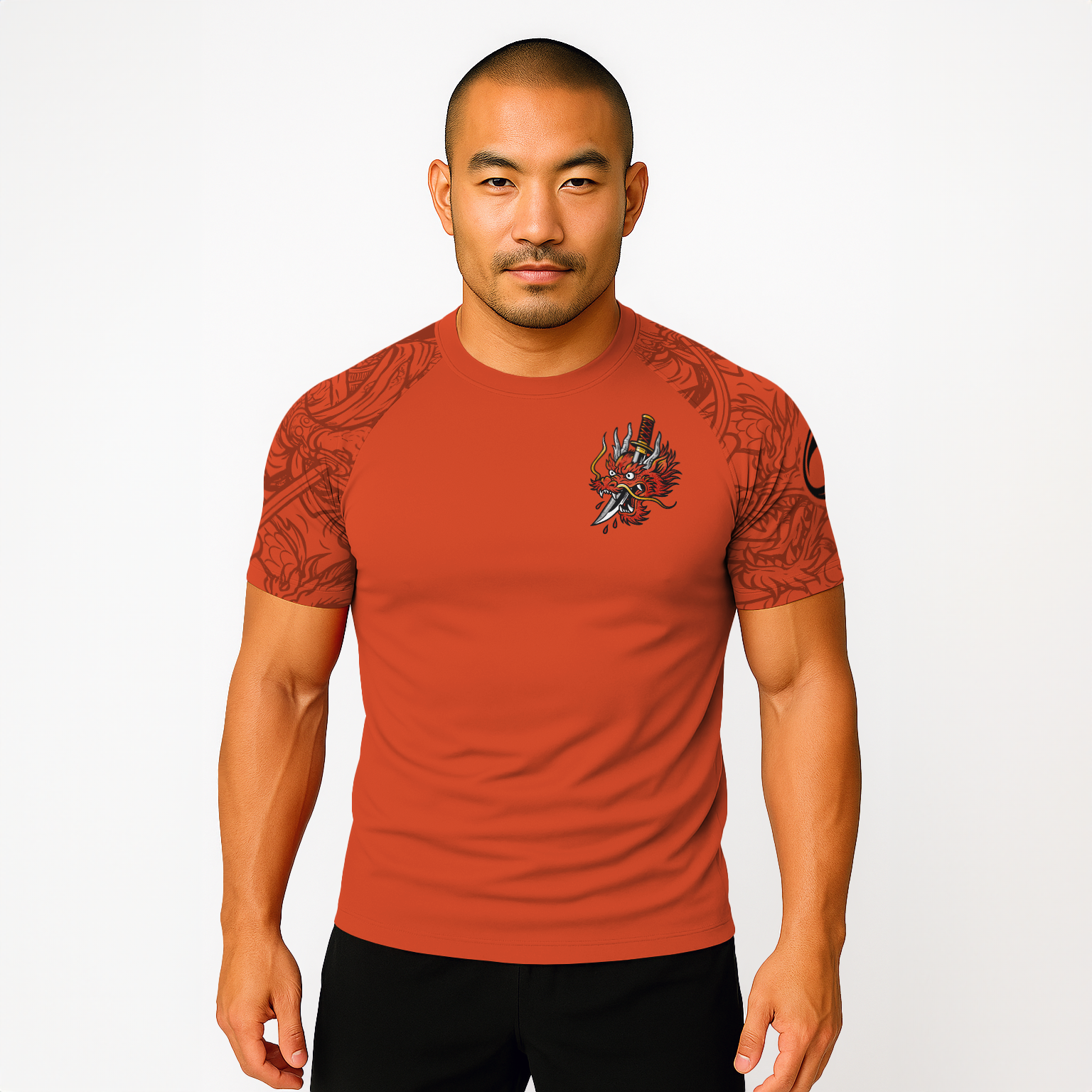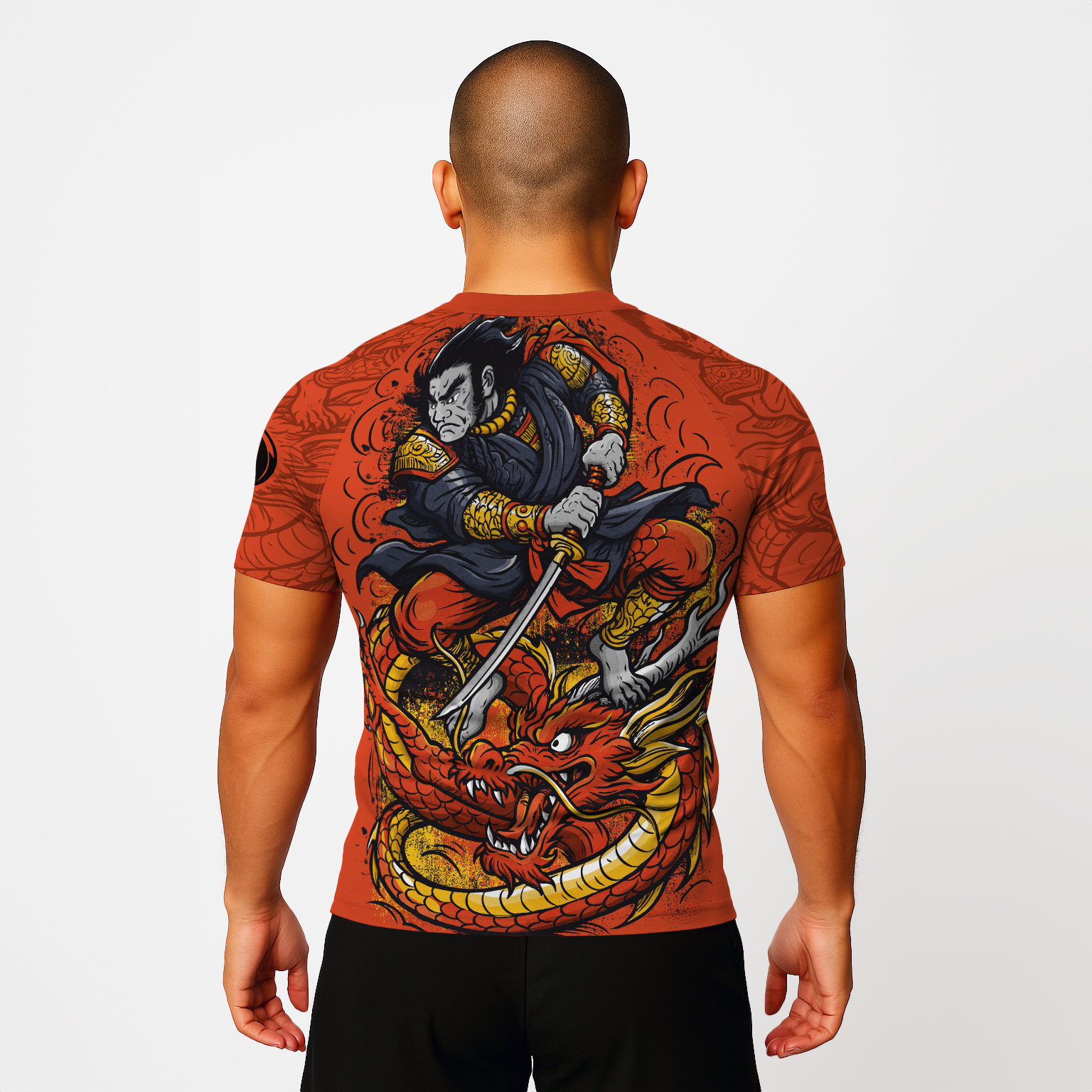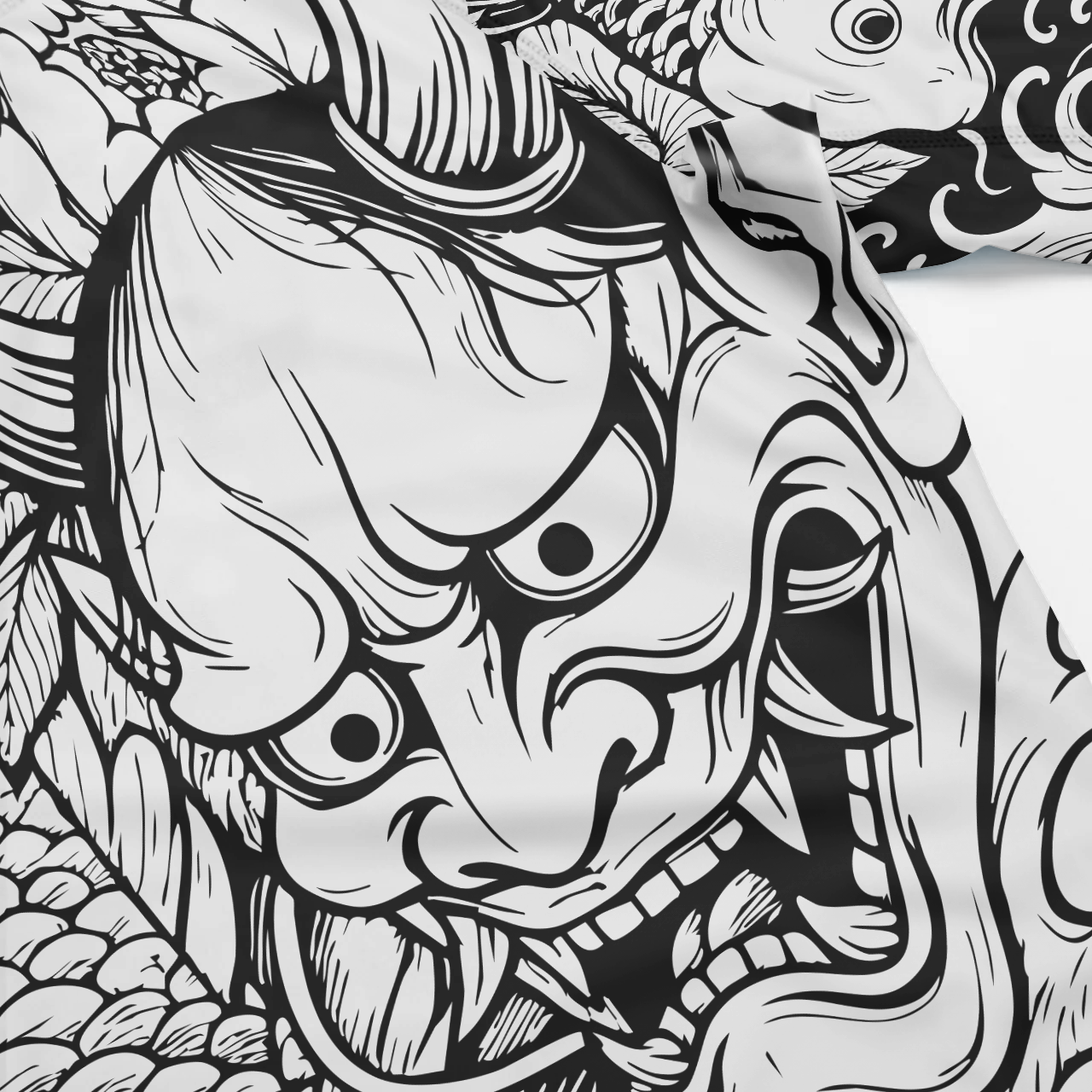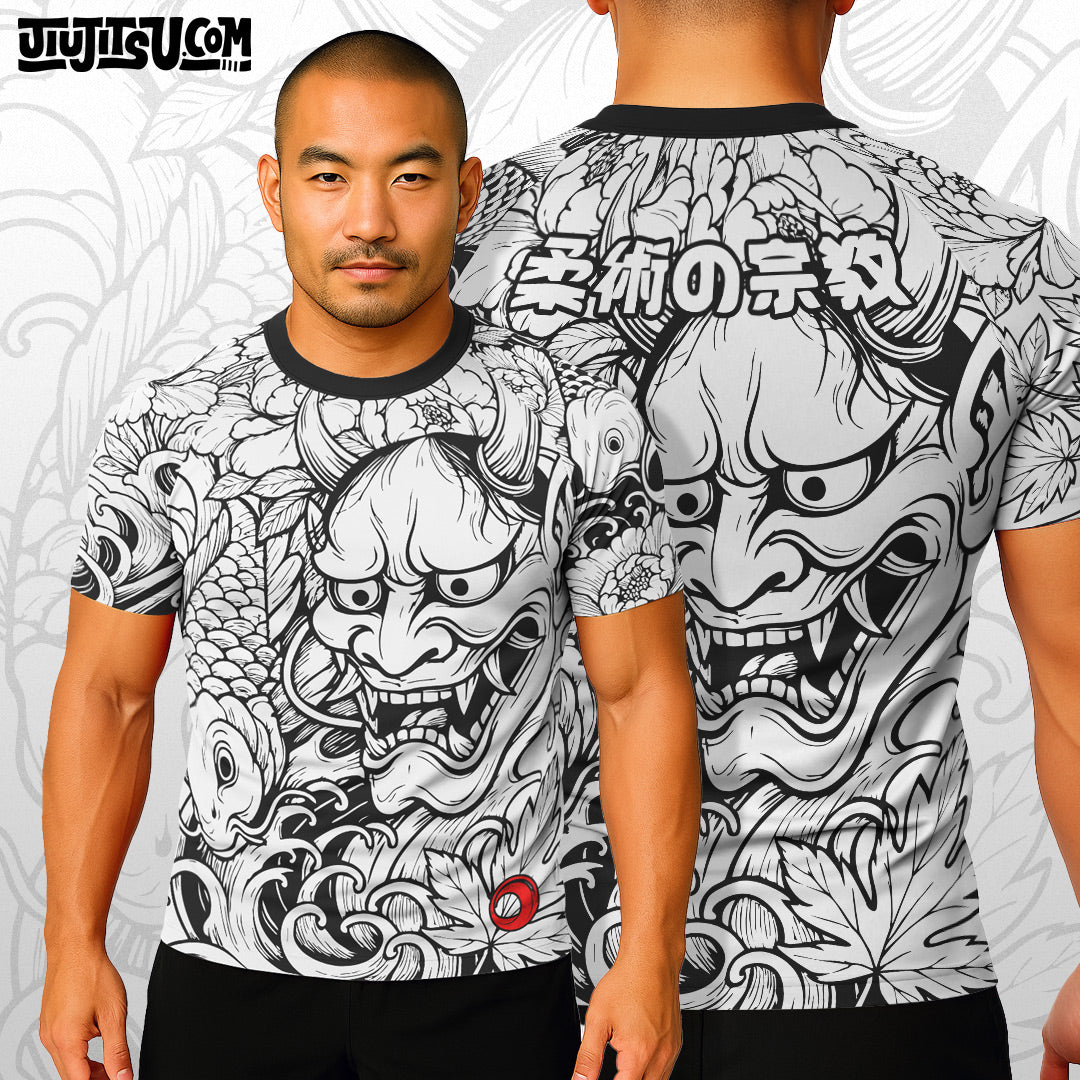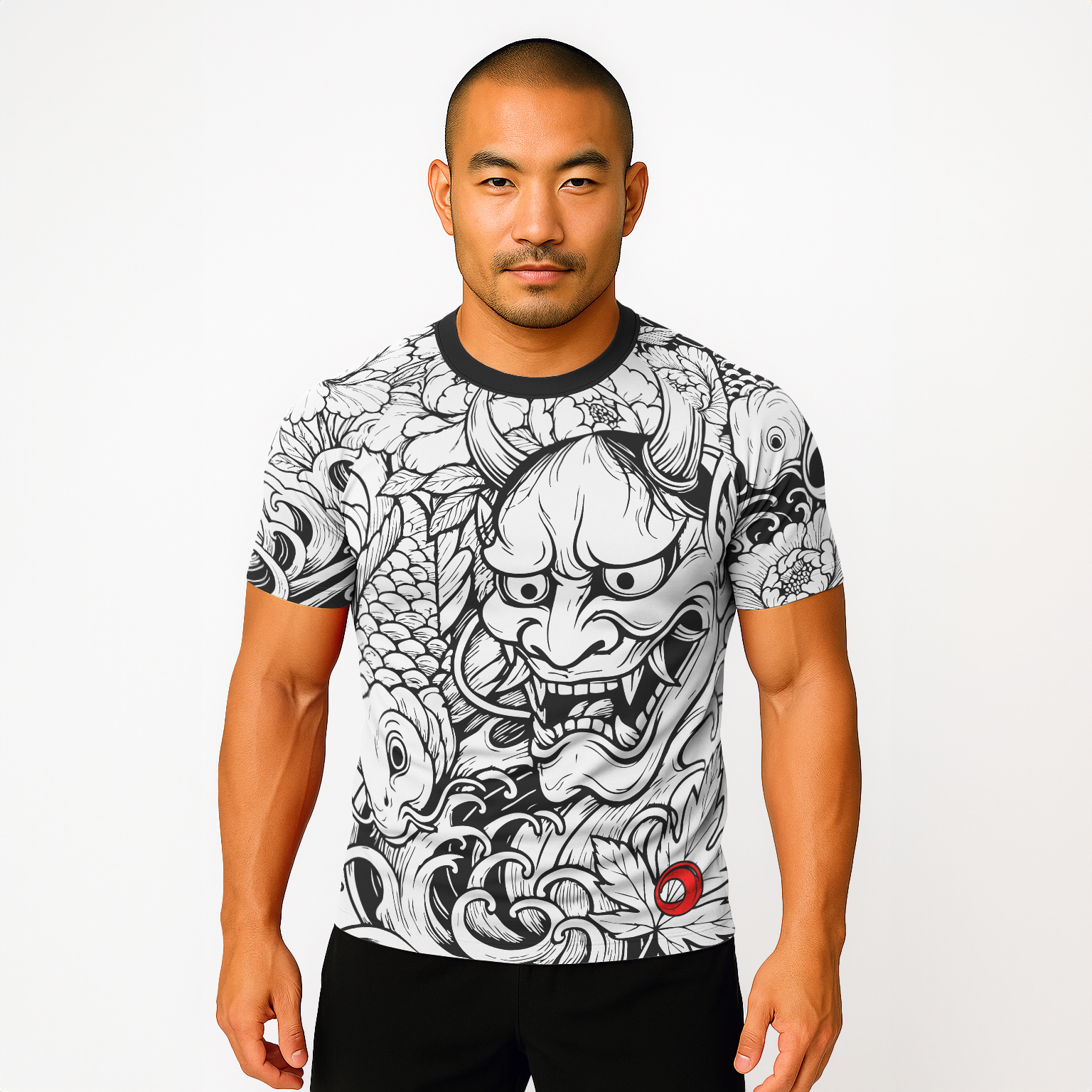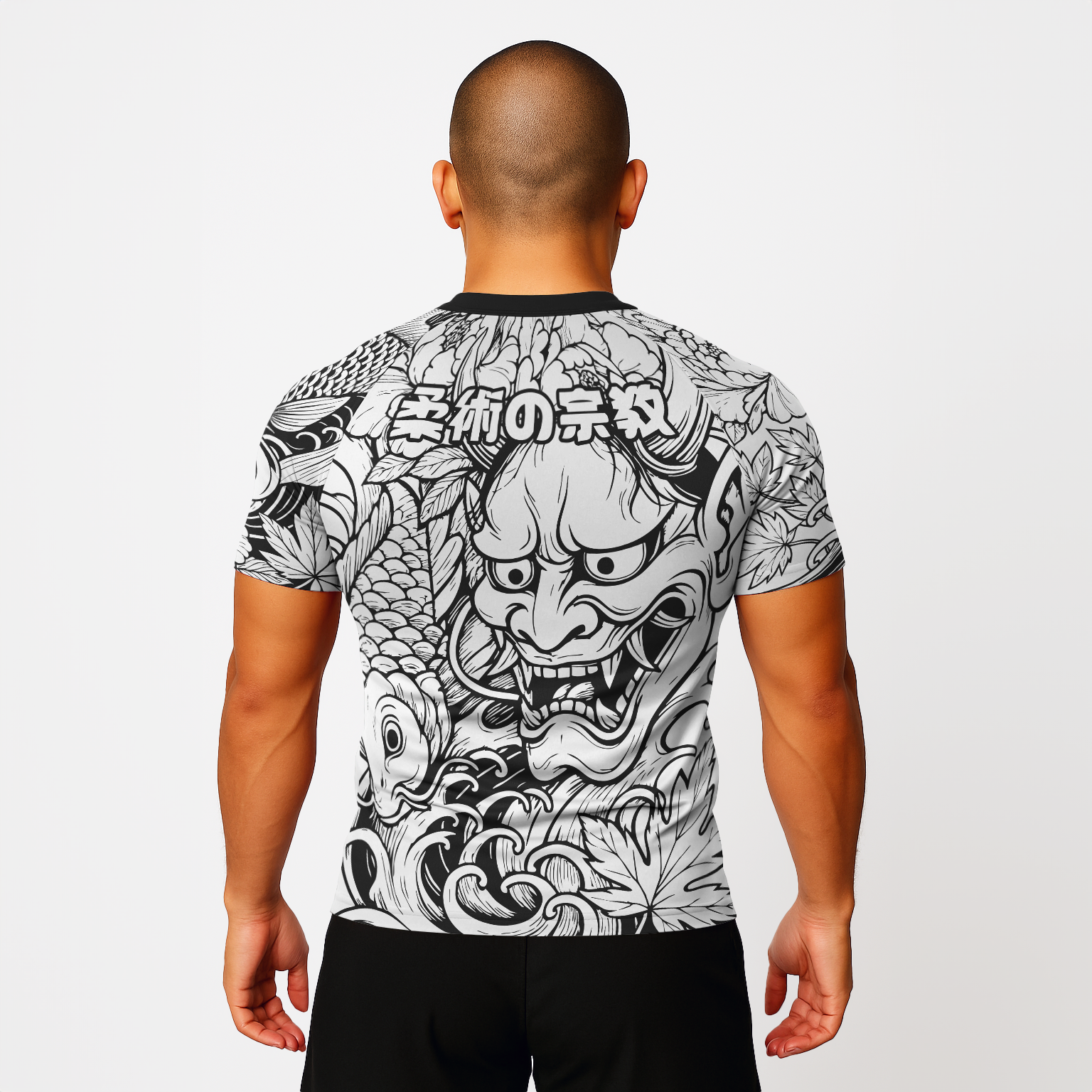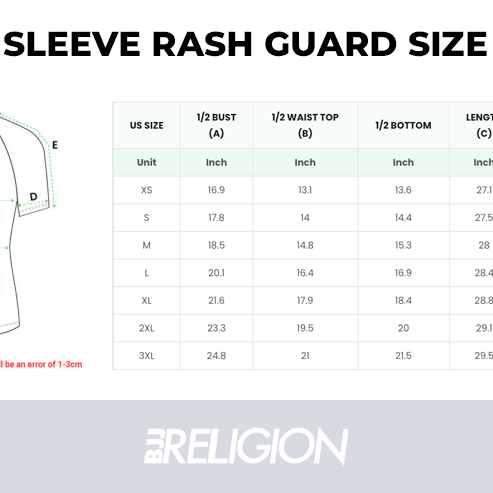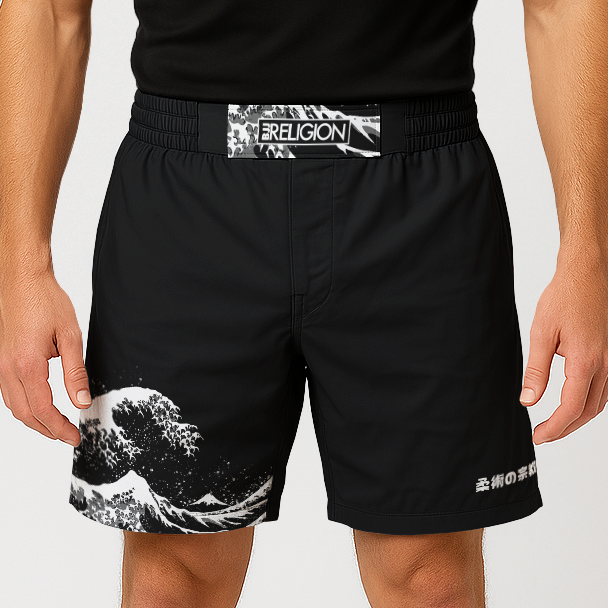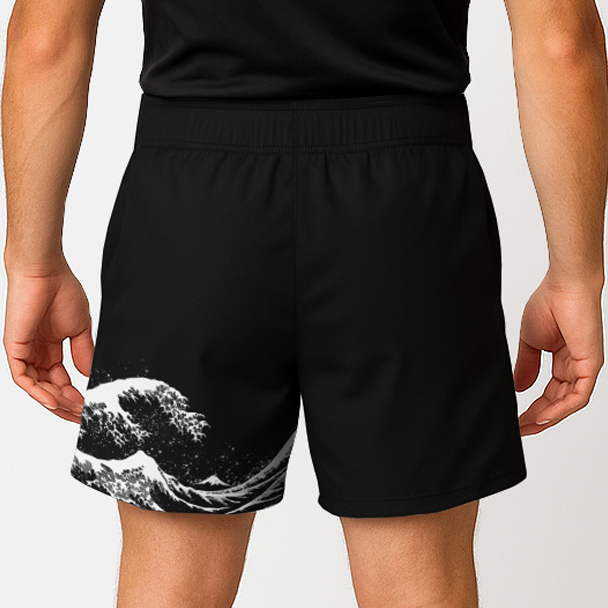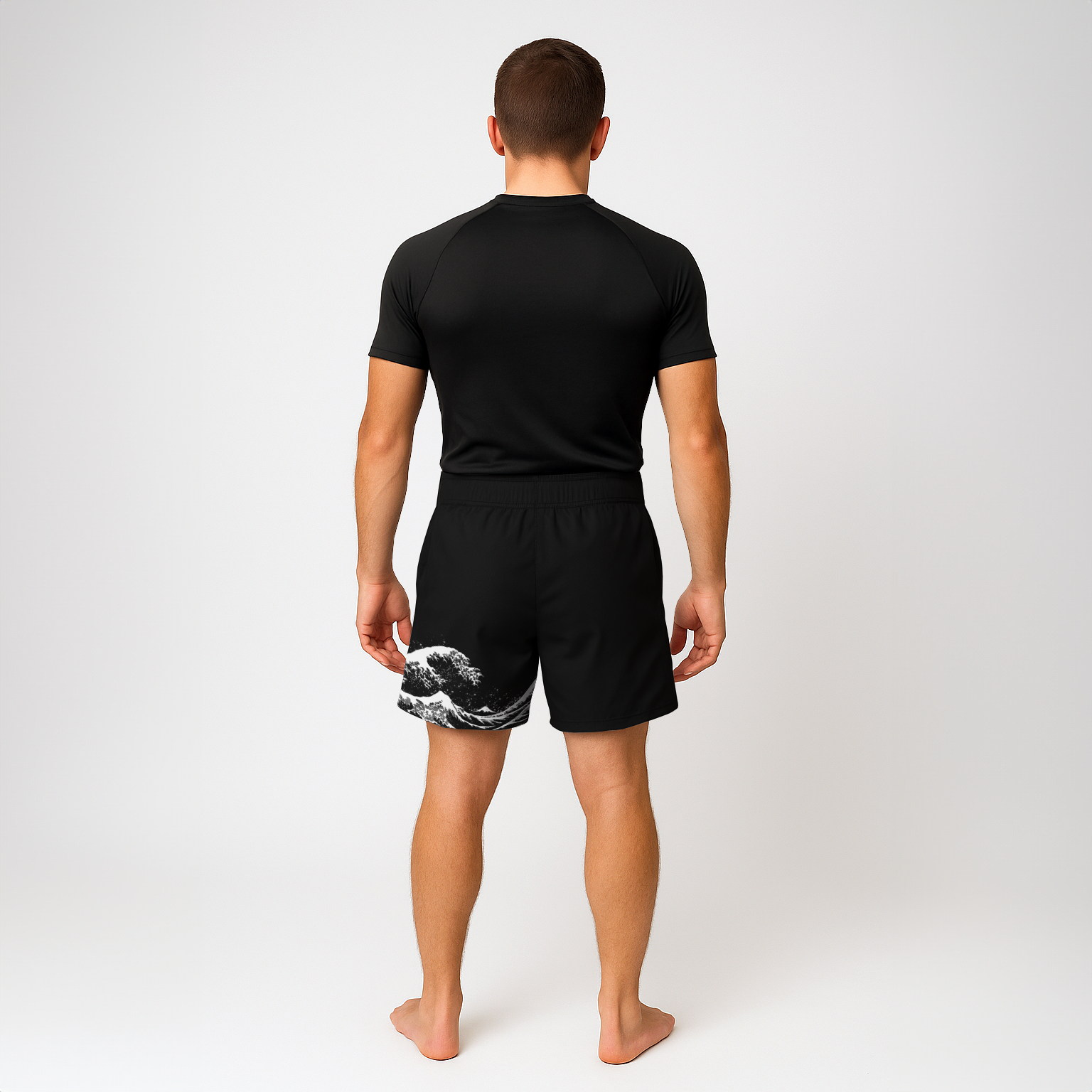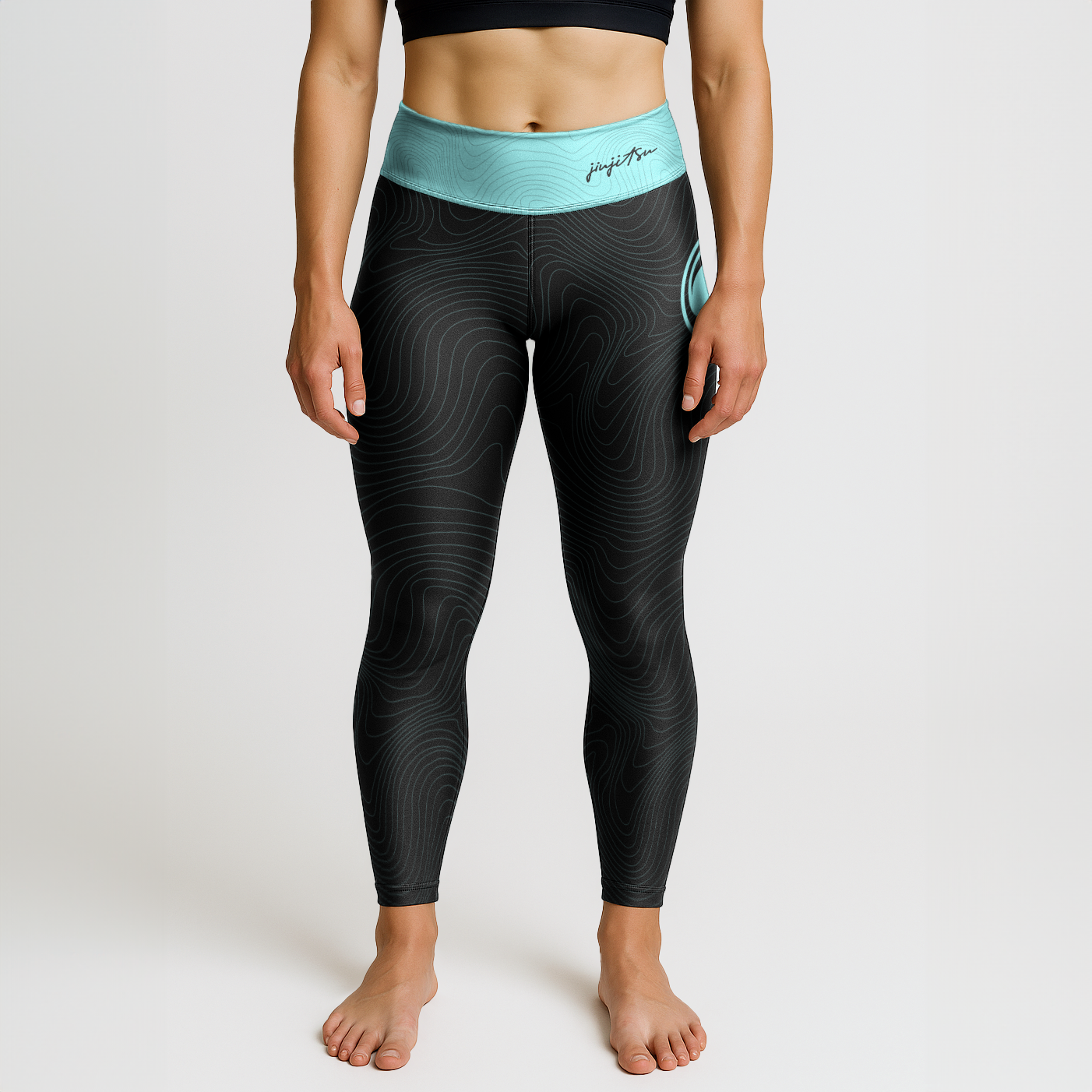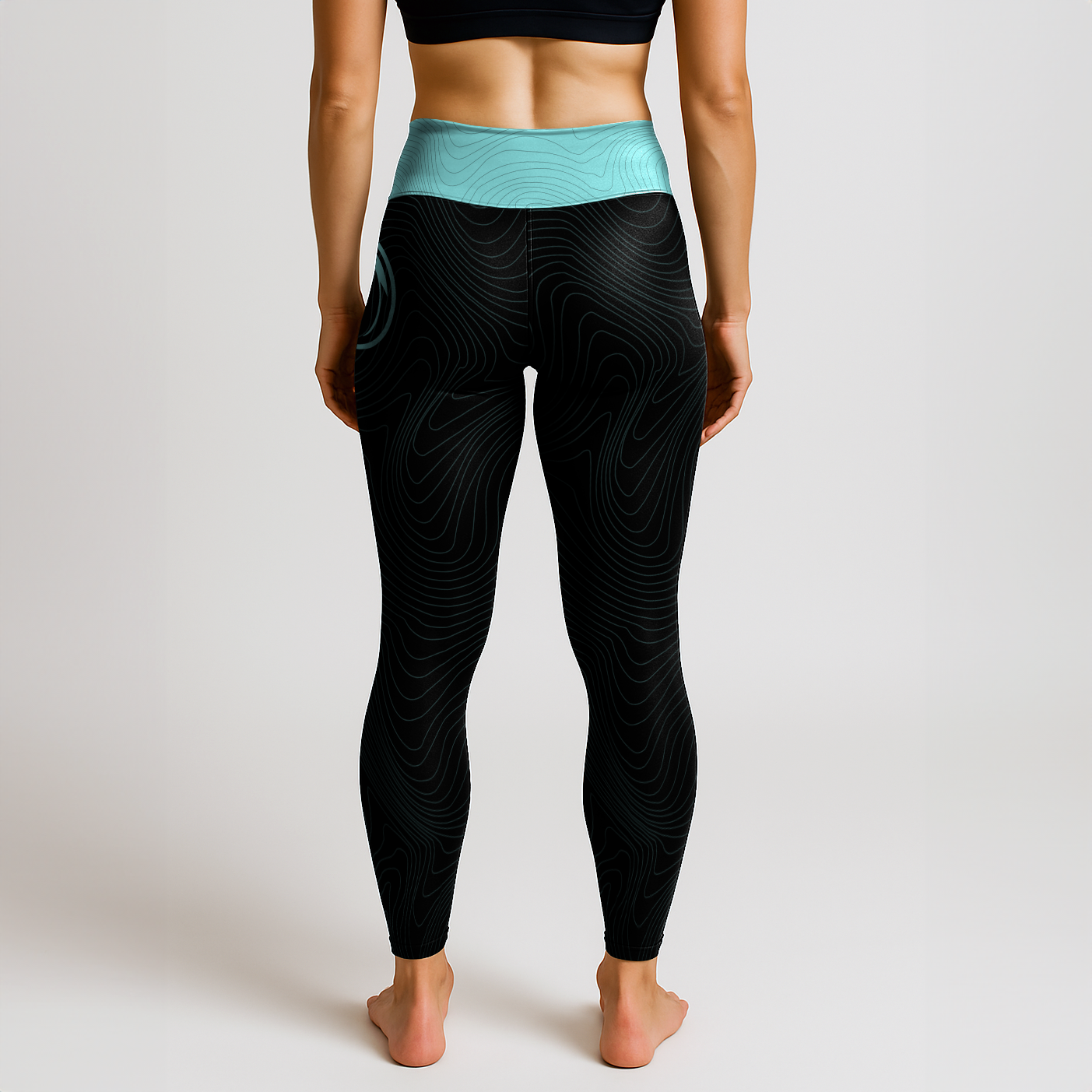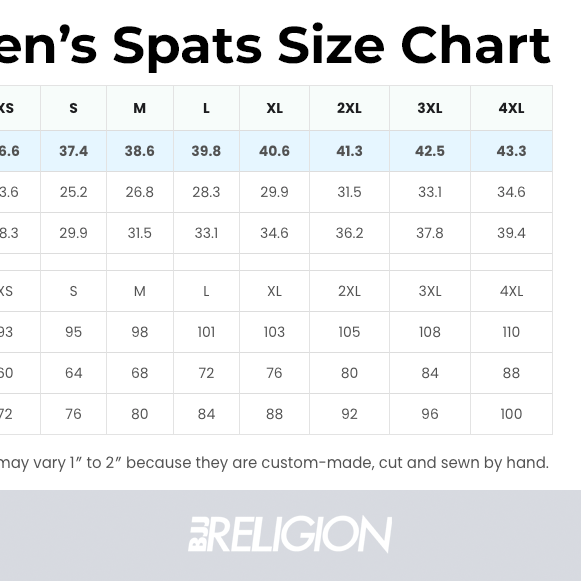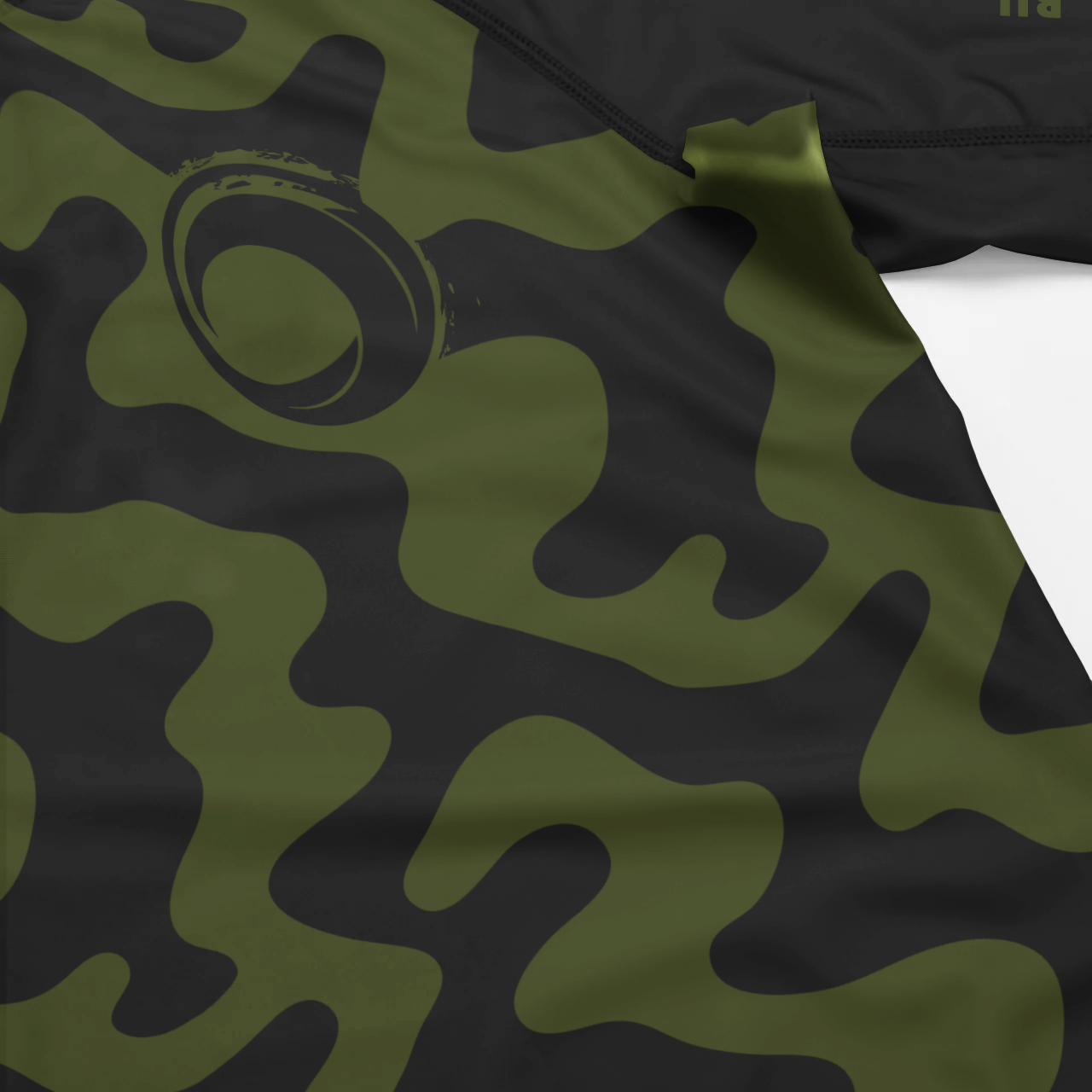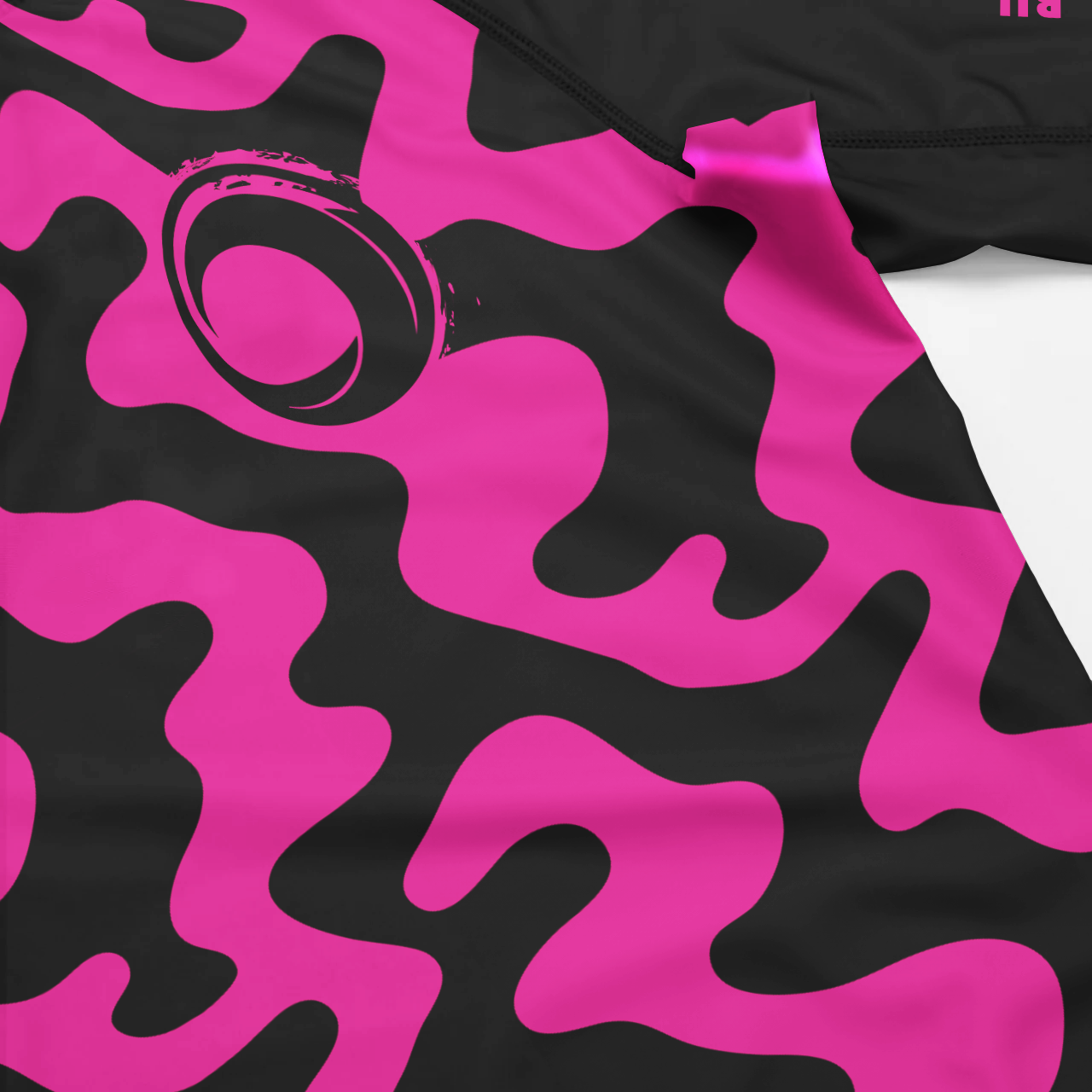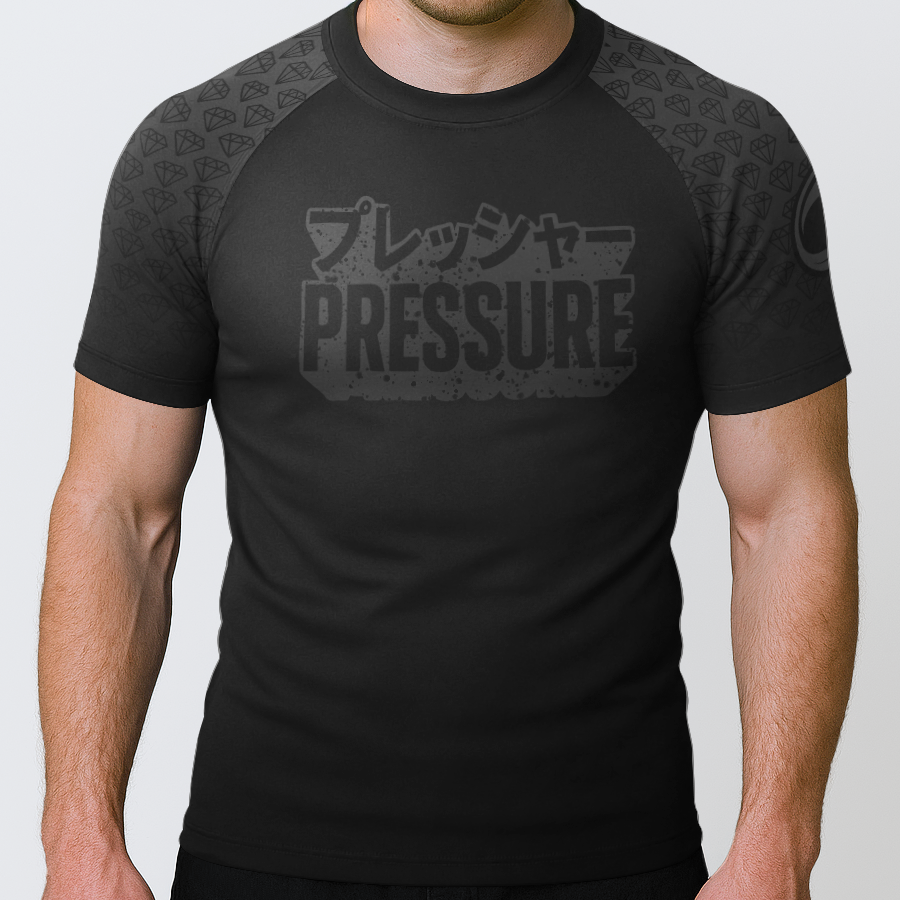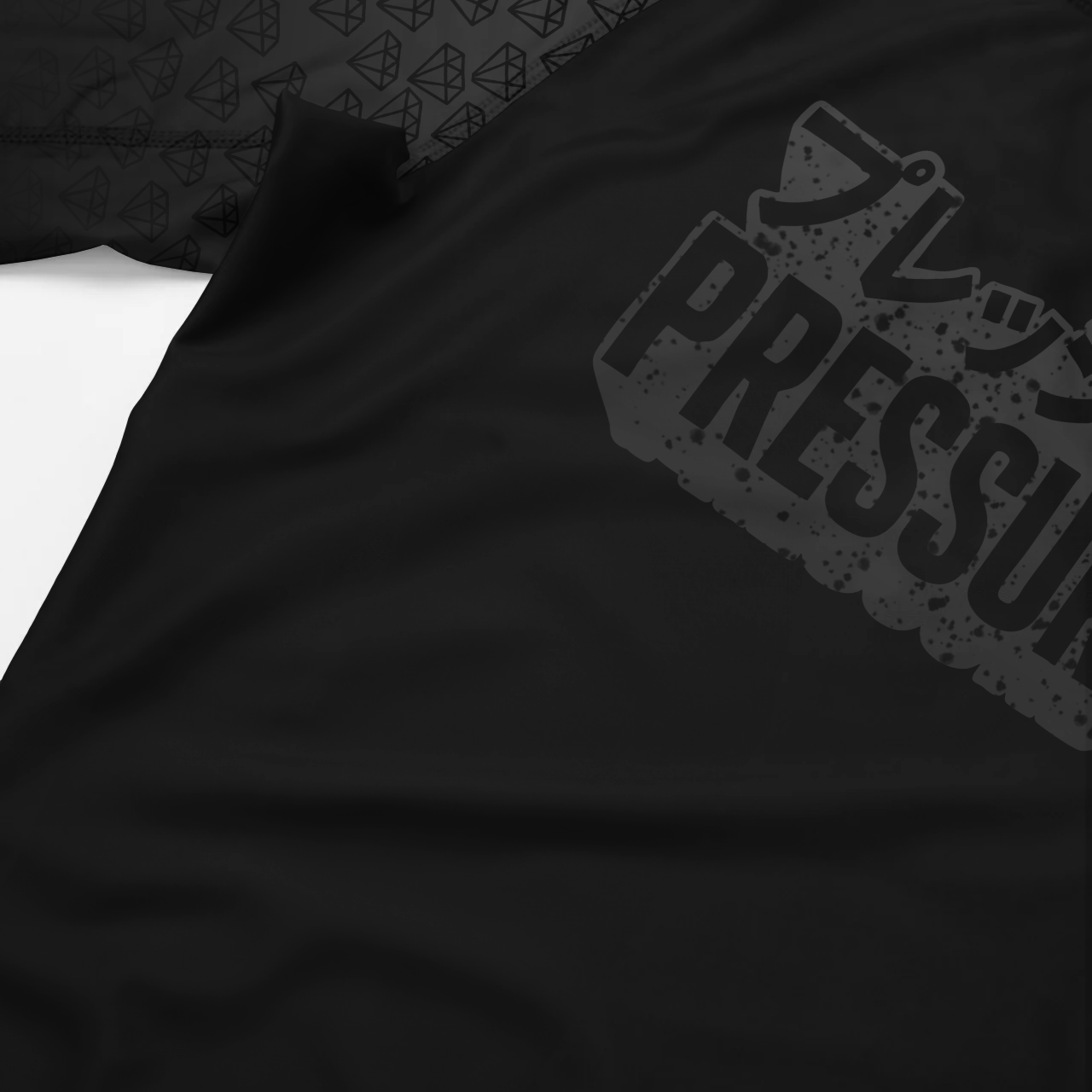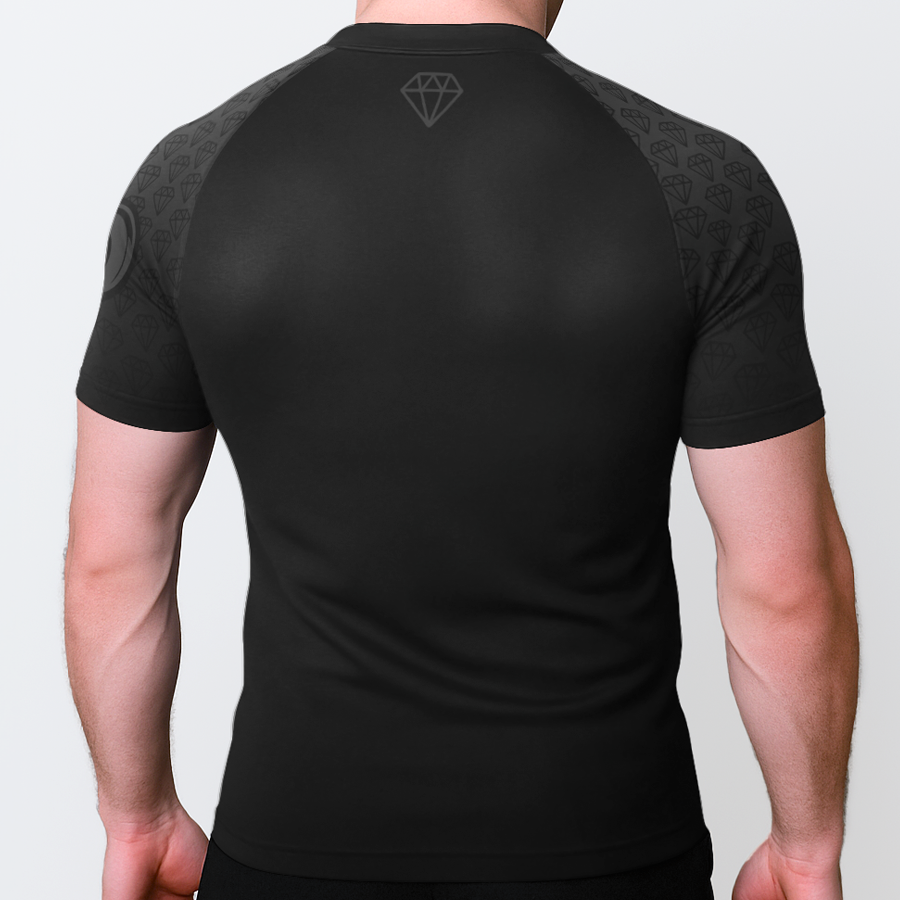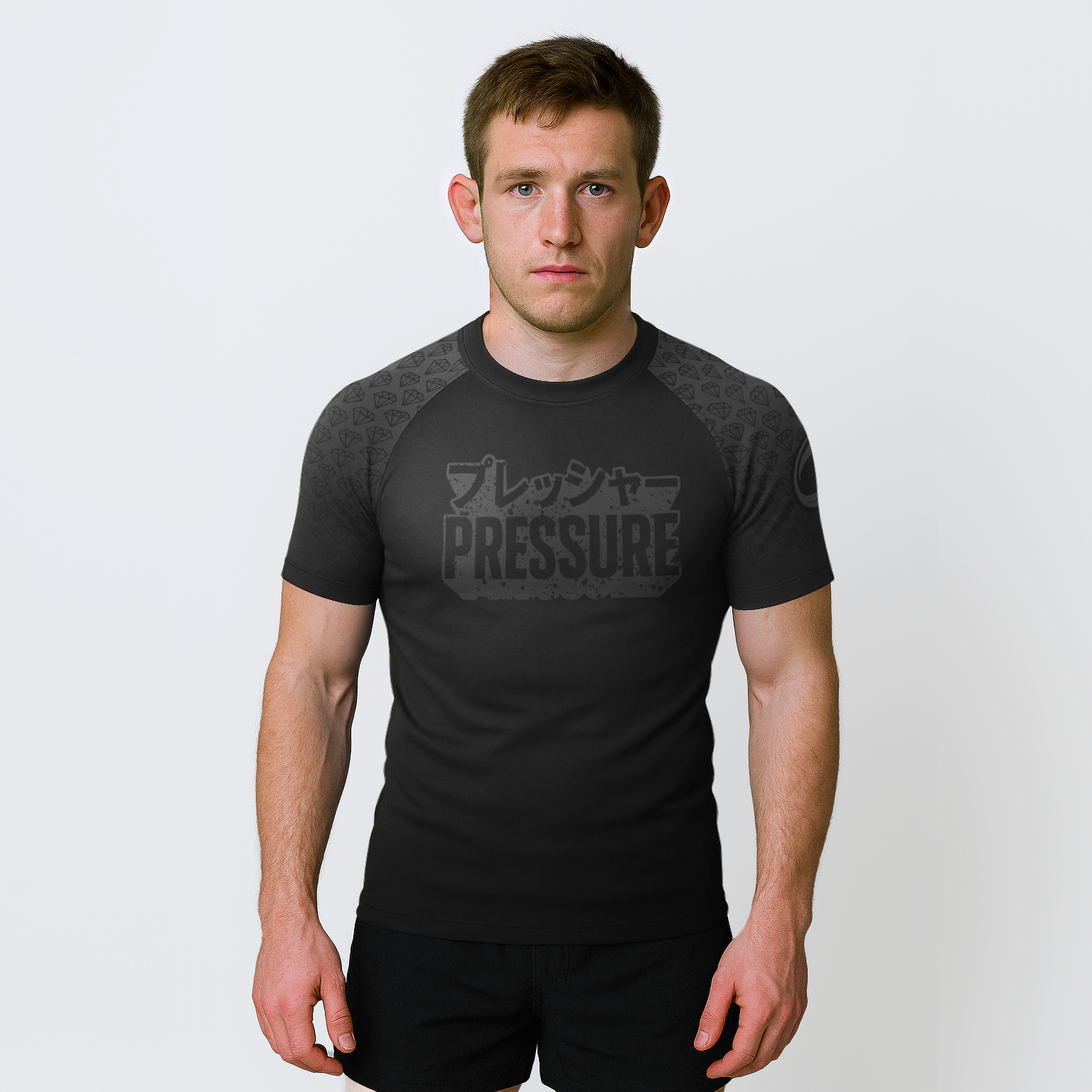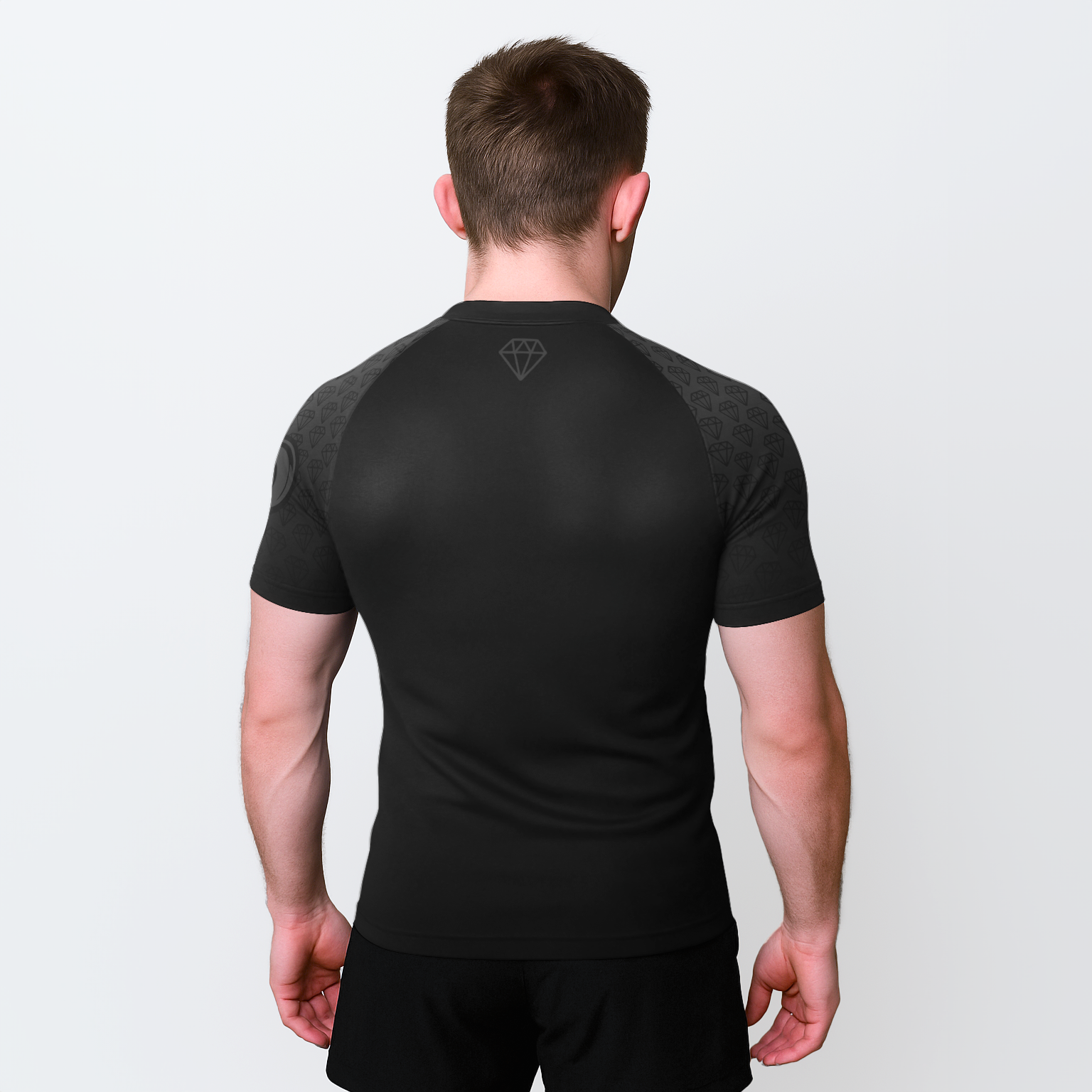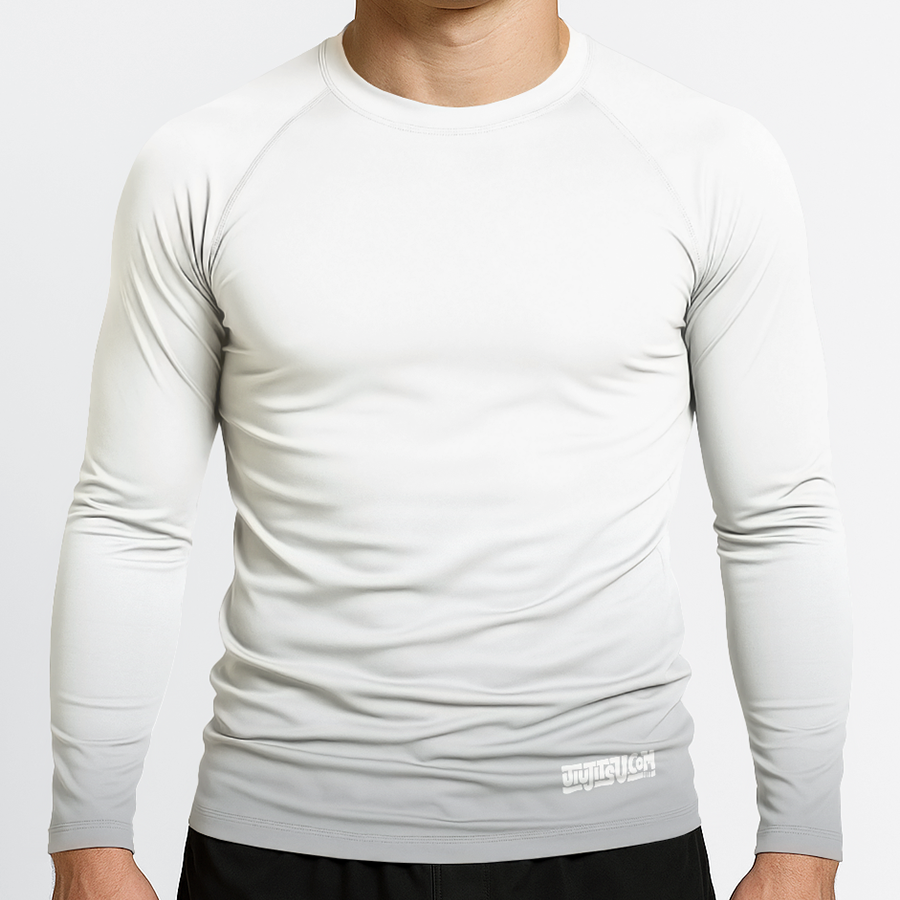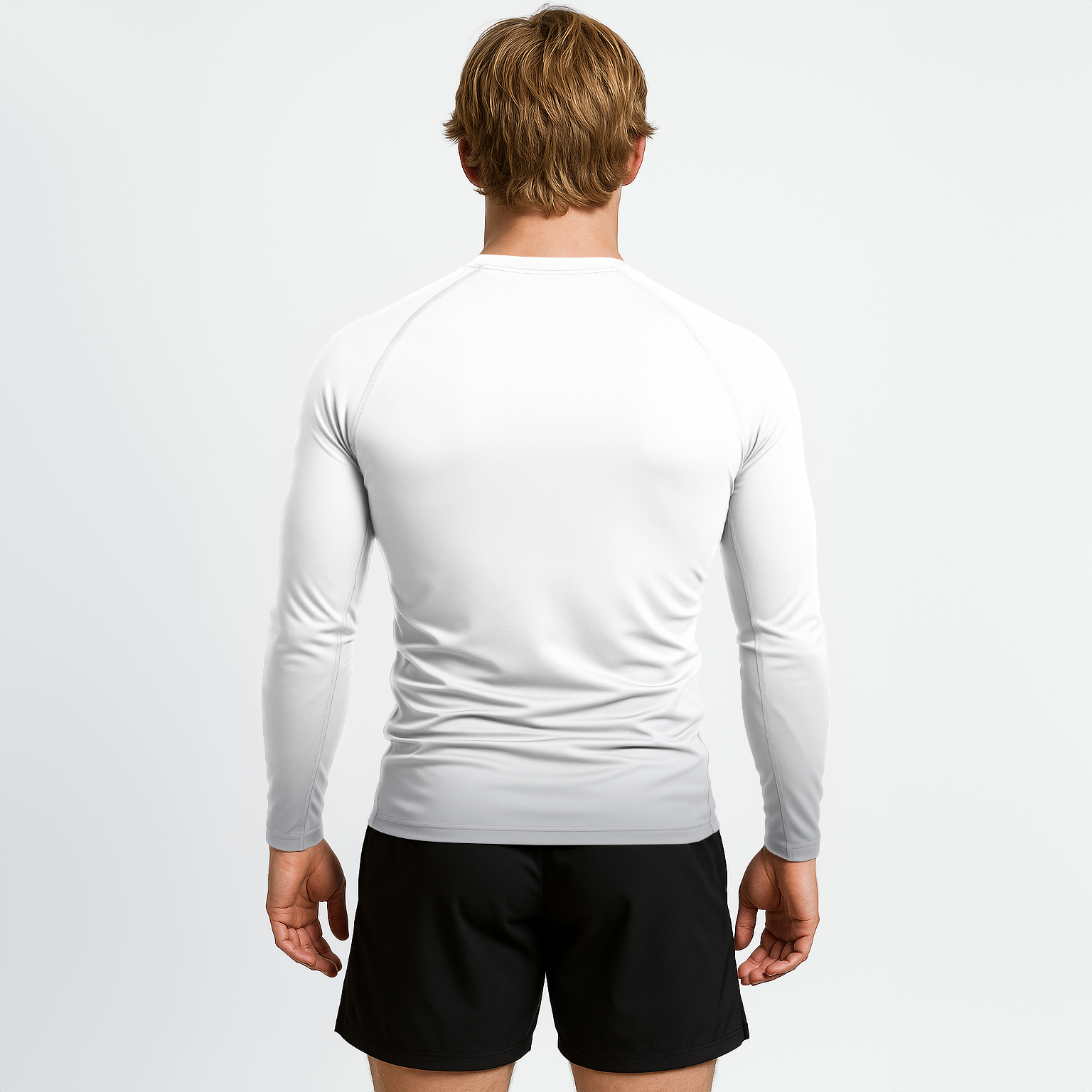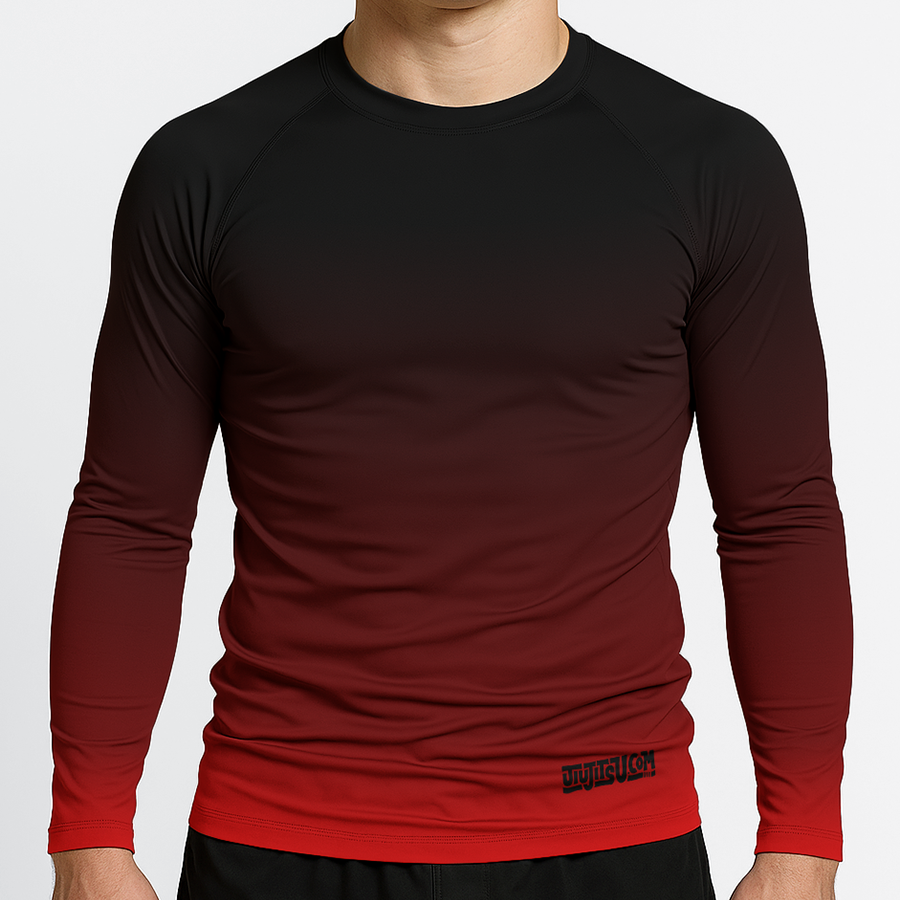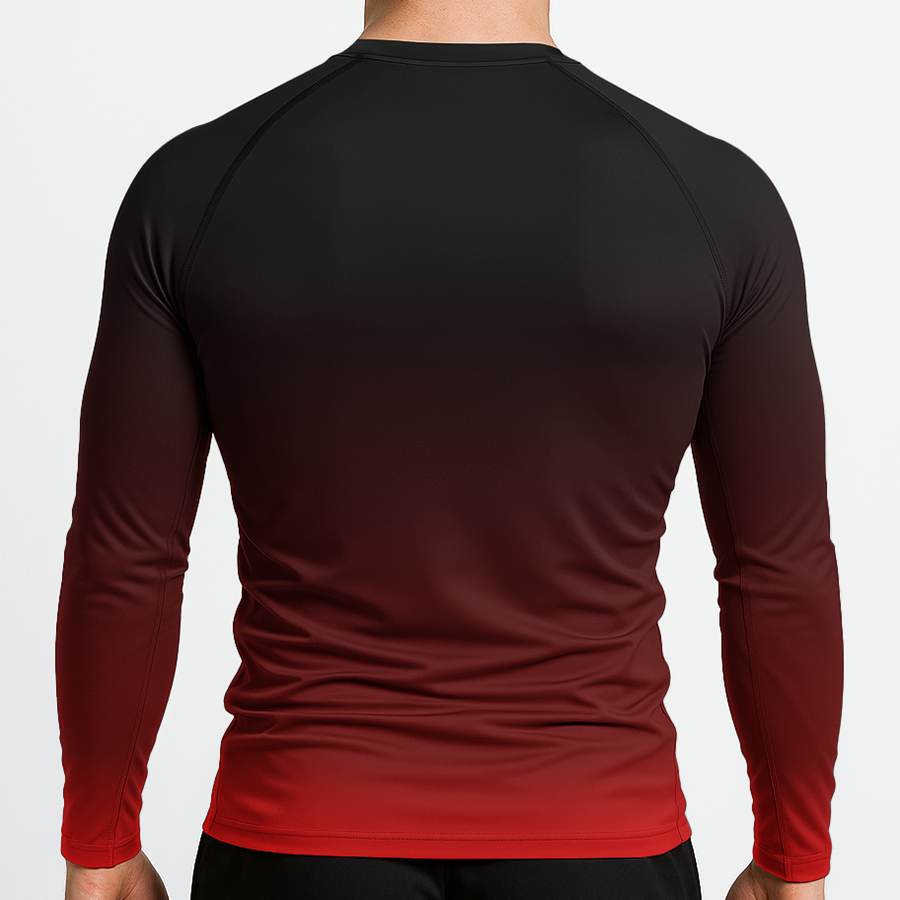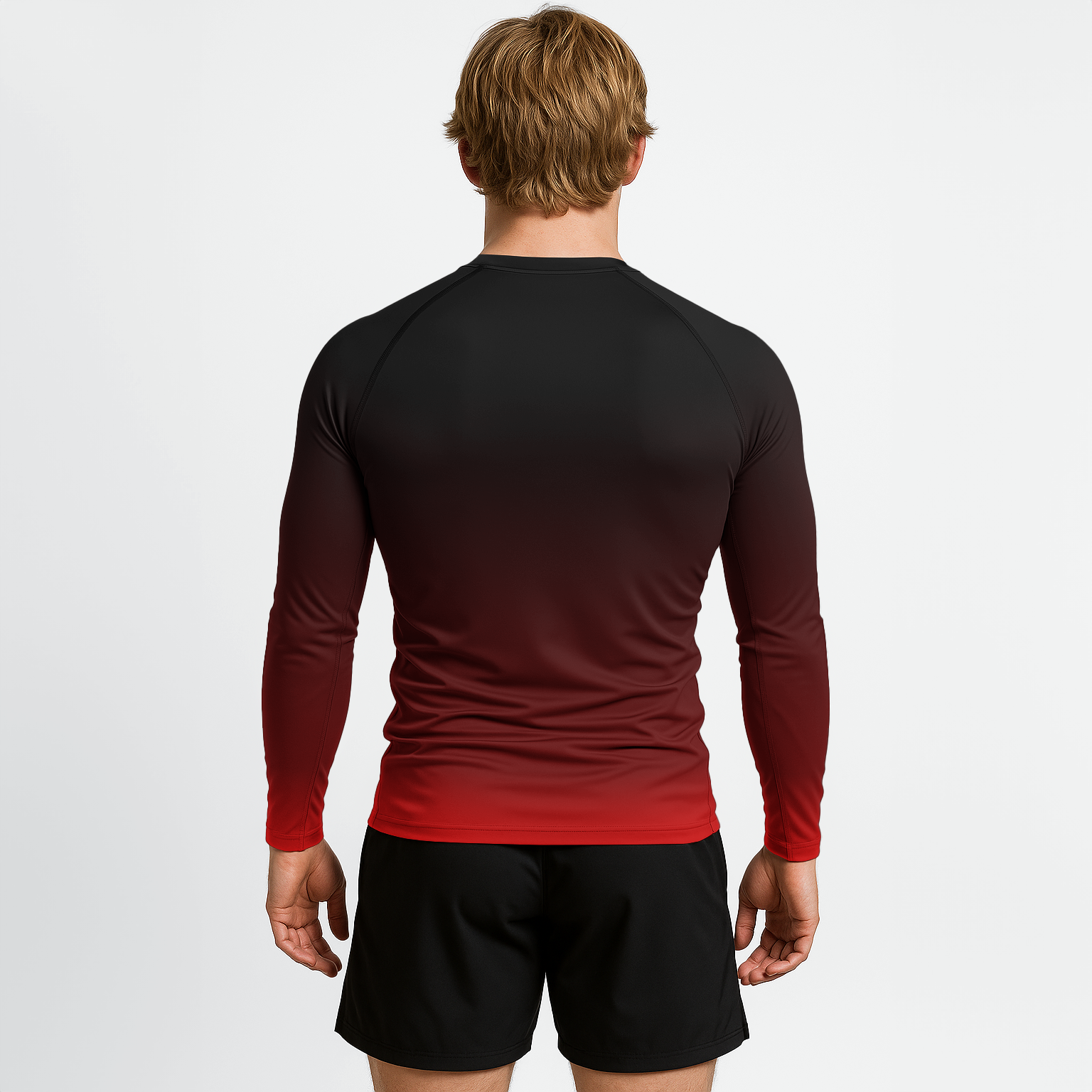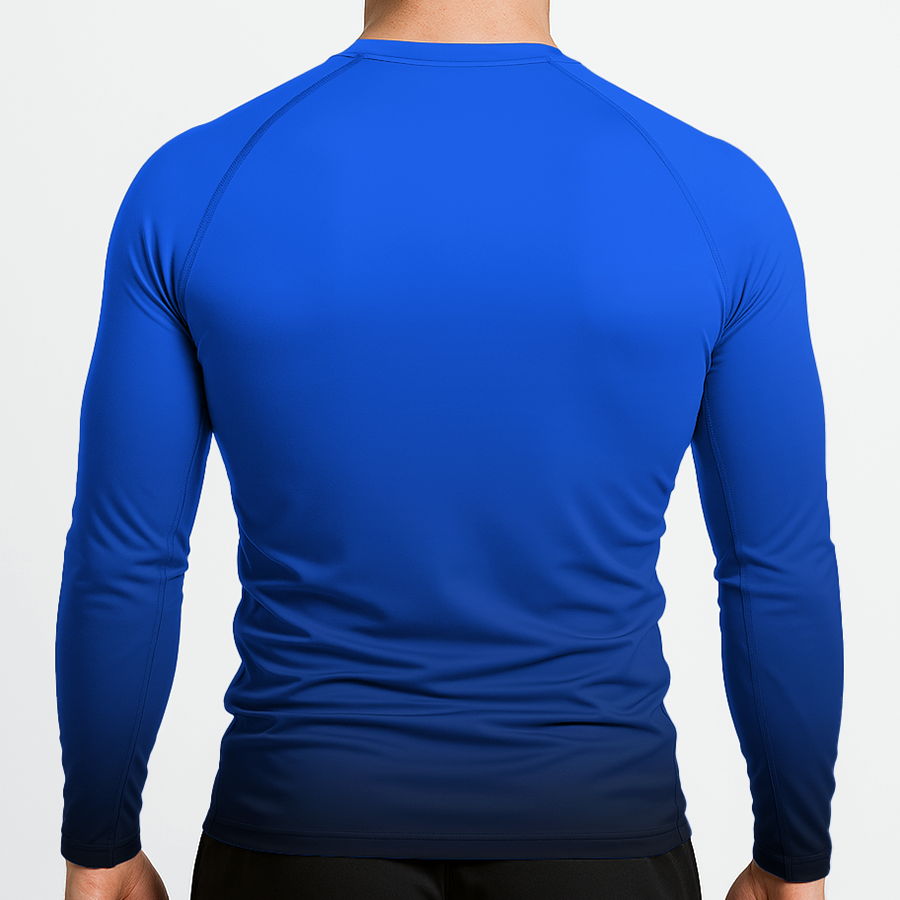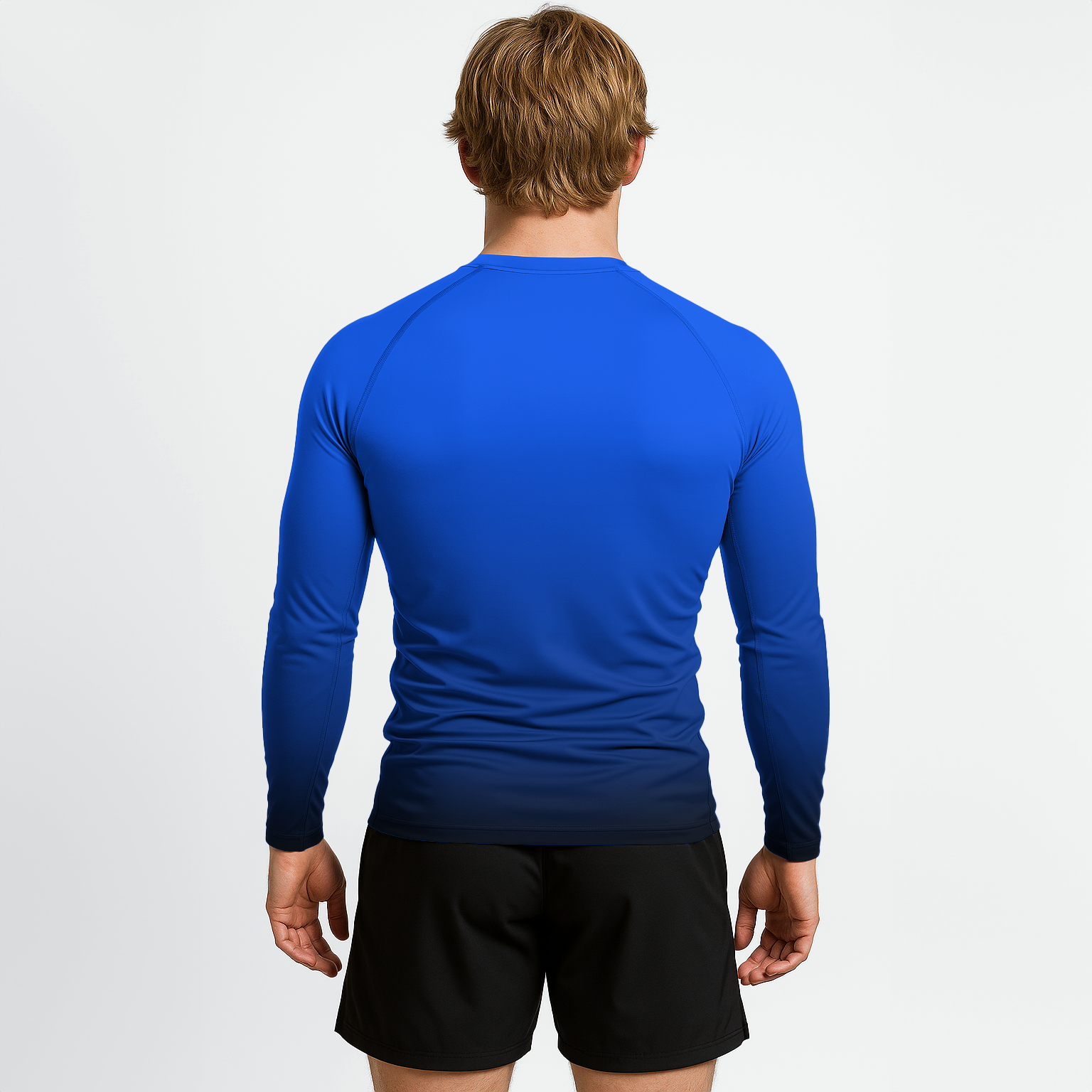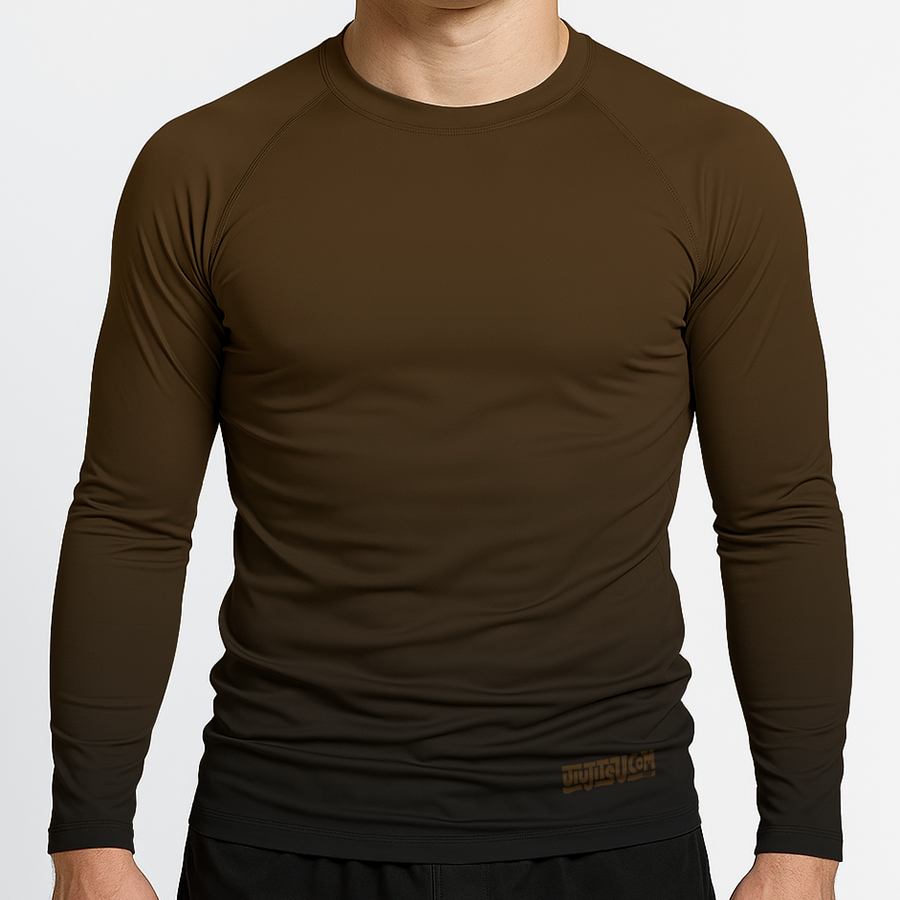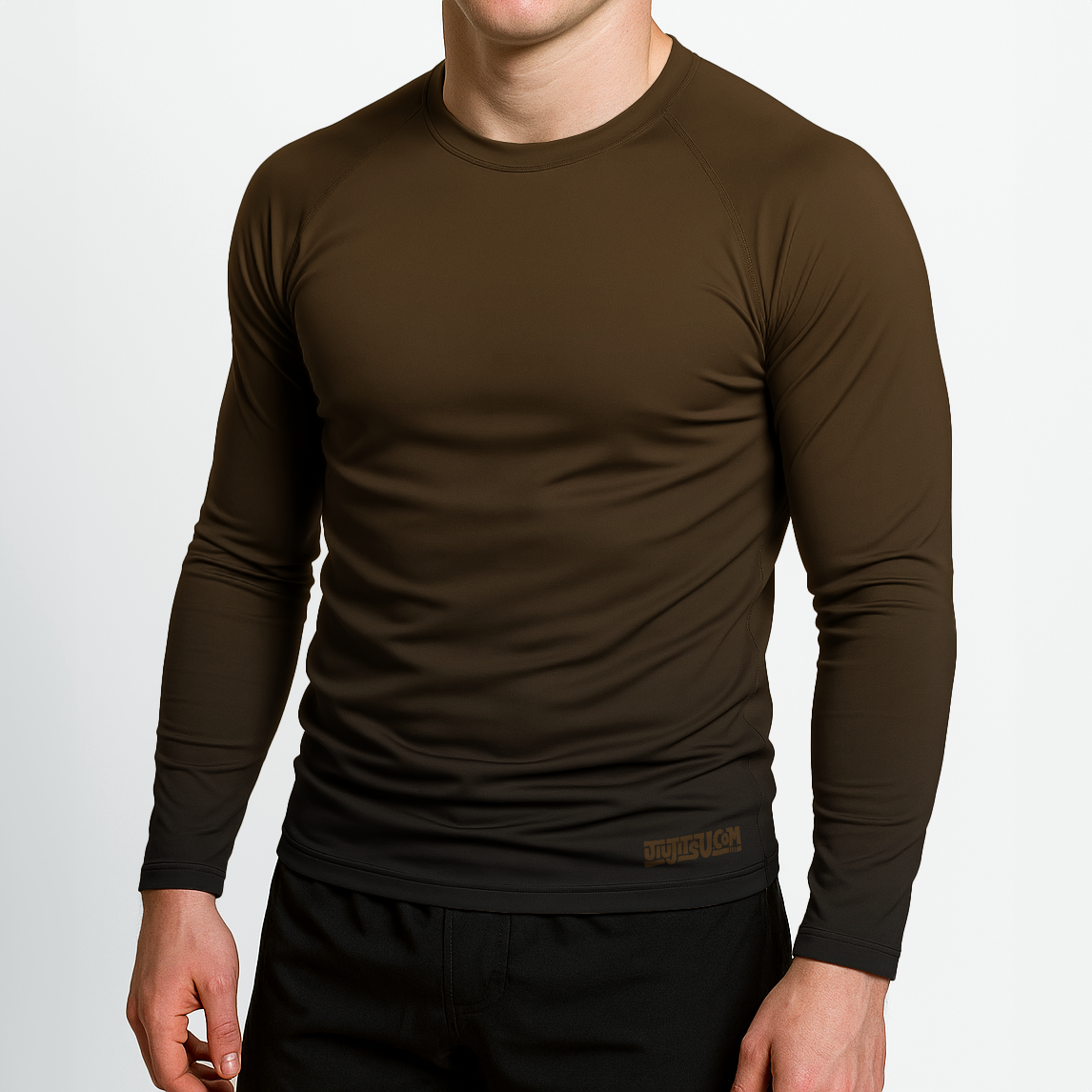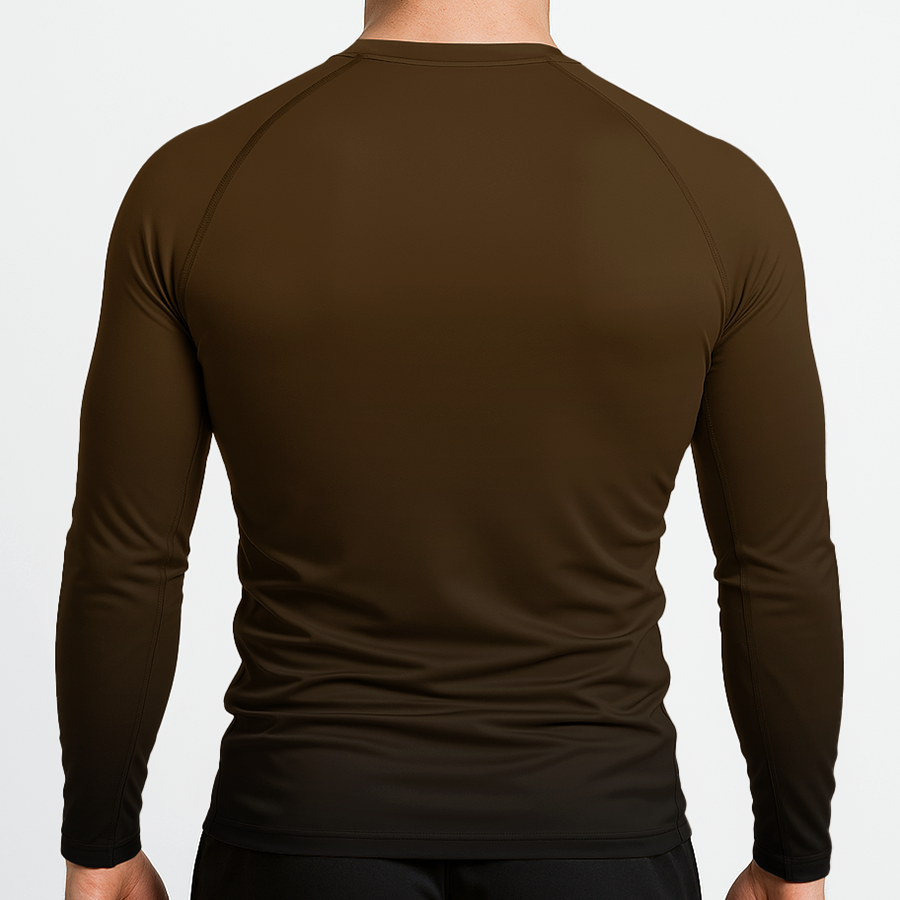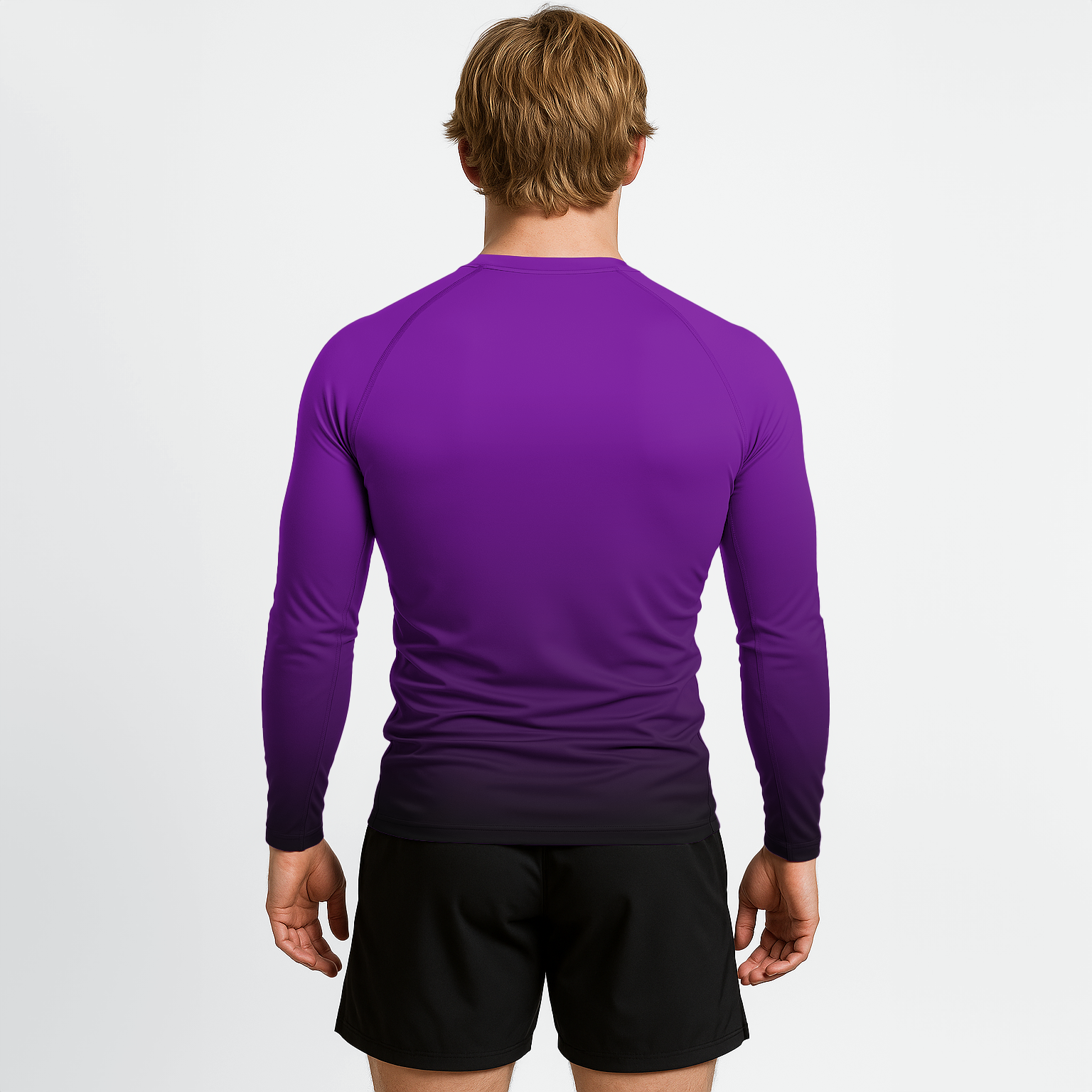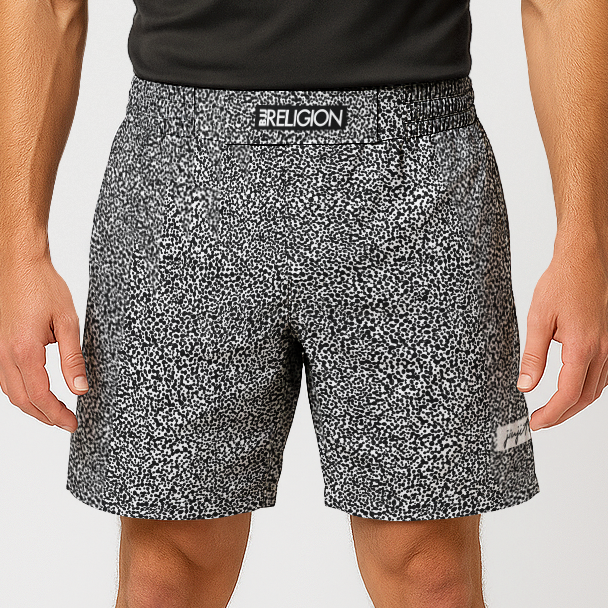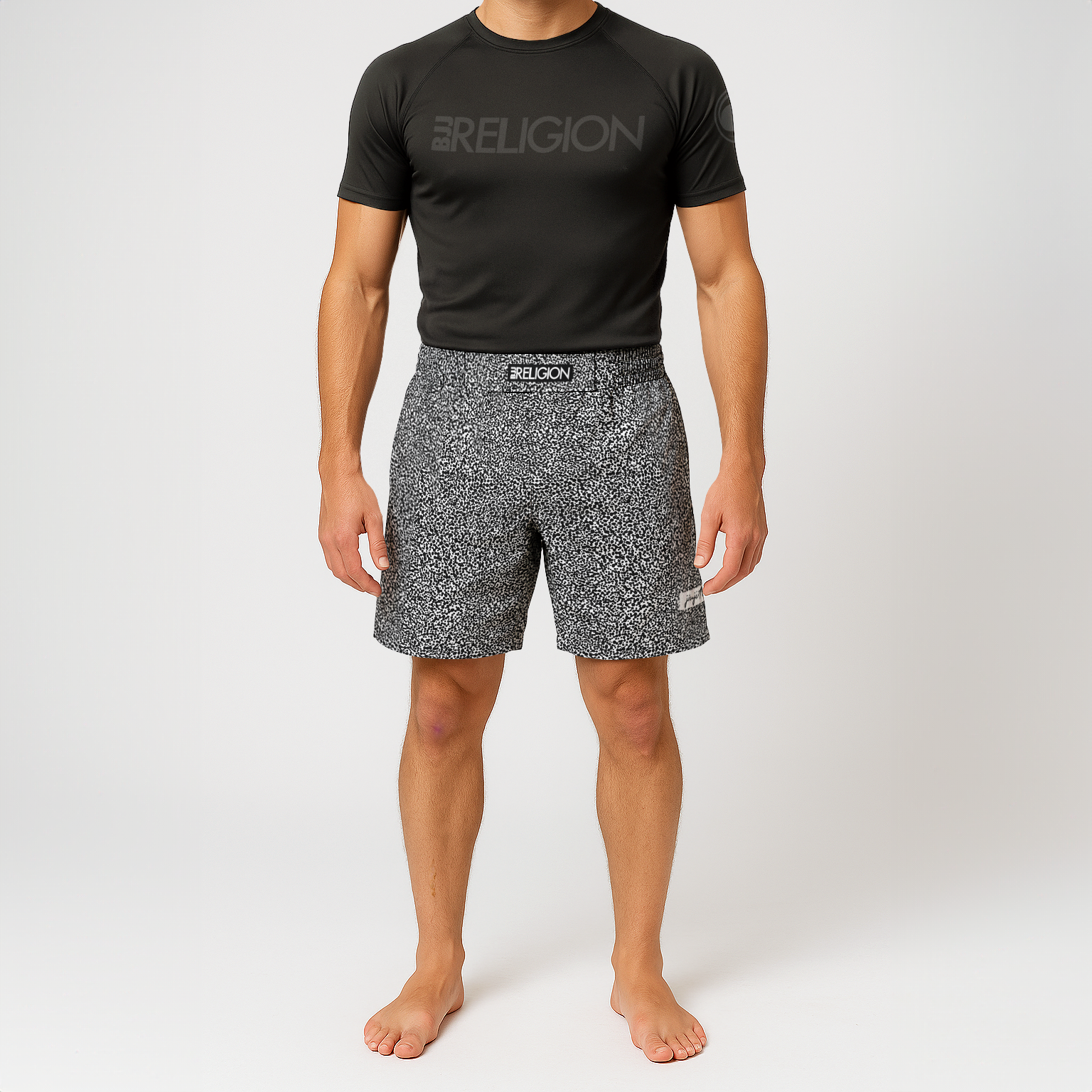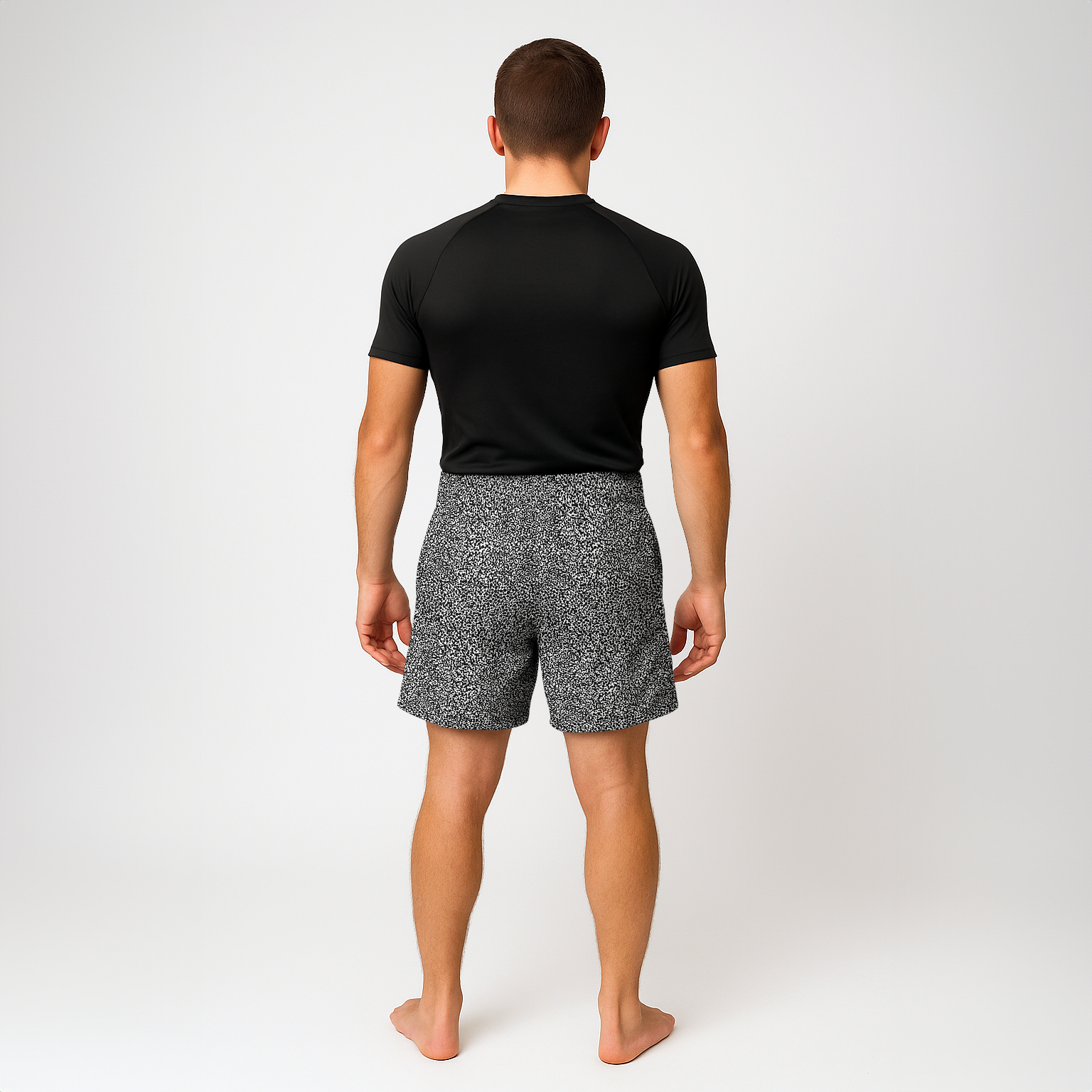Cauliflower Ears In Jiu Jitsu
If you have any experience in BJJ, wrestling, or MMA, you’ve probably seen the gnarled ears of a seasoned grappler.
In fact, there is a distinct correlation between time on the mat and the likelihood of having ears somewhere along the spectrum of Curious George to Shrek.
Yes. We are talking about cauliflower ear.

Whether you wrestle, practice BJJ, or fight MMA, cauliflower ear is a reality of the game.
But what is cauliflower ear and why does it seem some people get it bad early into their grappling careers, while others seem immune despite decades of mat time.
In this article, we break down everything you need to know about cauliflower ear in Jiu Jitsu.
Once you are done, you will know what cauliflower ear is, how it occurs, how to avoid and treat it, and whether you should worry about it in the first place.
Let’s dig in!
What is cauliflower ear?
Cauliflower ear is a condition that occurs when the external areas and structures of your ear are struck with physical force.
Common examples of cauliflower-causing techniques include:
- Takedowns that involve using the side of your head for leverage
- Fighting out of chokes and headlocks
- Any technique in BJJ that involves contact to the ear.
If the damage is sufficient or repetitive, the layers of cartilage and connective tissue in your outer ear will separate and fill with blood and other fluid.
Initially, the ear will be tender, swollen, reddish purple, and painful to the touch.
If you leave fresh cauliflower ear on its own for hours to days, the cartilage in the surrounding area will die. Then, fibrous calcified tissue will form across the injured location.
The calcified tissue leads to a hardened mass in the damaged area that typically becomes pain free and returns to its original color. However, it will retain the bulbous mass permanently.
This results in the final distinct appearance of cauliflower ear.
The location and degree of the initial trauma, as well as any treatment or lack thereof, determines the ultimate look of your fully hardened cauliflower ear.
Treating Cauliflower Ear
 If you do get cauliflower ear, you will probably feel the pain when you touch your ear. You will also notice the puffy swelling.
If you do get cauliflower ear, you will probably feel the pain when you touch your ear. You will also notice the puffy swelling.
To minimize the aesthetic effects of cauliflower ear, you must get it drained as soon as possible.
This is sometimes done with a syringe that pierces the skin and sucks out the blood and fluid.
Note: we do recommend seeking a qualified medical provider for this service.
After drainage, you need to compress the area so that everything sticks together, and more fluid does not build back up.
A doctor typically stitches the ear skin to the cartilage or uses a compression clip to keep everything in place for a week or two until healing is complete.
During the post-drainage healing, you must also prevent further damage and disturbance to the area, or the ear will fill back up with blood and potentially be worse.
You must drain the fluid before the tissue dies and begins to harden. The hardening process begins a few hours after the initial damage and your ear will fully harden within days to weeks.
Once the cauliflower ear is completely hardened, surgery is the only treatment option if you want a semi-normal looking ear.
You will be advised to avoid training for a bit after a cauliflower ear treatment.
If you do go back to the mats, you should wear headgear at minimum until your ear is healed.
Be sure to keep it clean to avoid infection.
Overall, having good medical professionals drain your ear is the best method to stop serious deformity and prevent infection.
While many athletes will have a teammate drain their ears for them, this is far more likely to result in recurring cauliflower ear and poses a risk of infection.
Avoiding cauliflower ear in BJJ
 The only way to guarantee you won’t get cauliflower ear is to wear headgear when you roll(or avoid getting smashed). You can minimize many instances of cauliflower ear if you at minimum wear headgear during hard training.
The only way to guarantee you won’t get cauliflower ear is to wear headgear when you roll(or avoid getting smashed). You can minimize many instances of cauliflower ear if you at minimum wear headgear during hard training.
Theoretically, you’d need to wear it at all times when risking ear contact to make the risk effectively zero.
Of course, not doing BJJ or other martial arts is another way to fully prevent cauliflower ear.
If you’re like us, that option is out of the question.
Why doesn’t everyone in BJJ have cauliflower ear?
If you take two black belts side by side, there is a chance one will have large amounts of cauliflower ear while the other’s ears may look unaffected.
Generally, the physical structure of your ear and its baseline softness determine how susceptible your ears are to the initial trauma that leads to cauliflower ear.
The more pronounced and firm your ears naturally are, the more likely they are to get a cauliflower ear-causing injury.
Additionally, the techniques you favor in BJJ and how often you train also determine your likelihood of getting cauliflower ear.
Theoretically, if you favor techniques that involve less ear contact, you should be less susceptible to cauliflower ear – however, given the random and chaotic nature of BJJ, this is not a good plan for avoiding it.
We do not recommend changing your game to avoid cauliflower ear.
But if you tend to go for double leg takedowns, you are more likely to get cauliflower ear than someone who primarily pulls guard and sweeps.
Anecdotally, grapplers who have a bout with cauliflower ear that gets quickly drained, stitched, and fully healed seem to be less susceptible to further cauliflower ear in the same spot, although this is not always the case.
Is cauliflower ear dangerous?
 Cauliflower ear can be painful and aesthetically less-than-desirable.
Cauliflower ear can be painful and aesthetically less-than-desirable.
The good news is that cauliflower ear is not particularly dangerous.
The biggest health risk from cauliflower ear is getting an infection.
Infection more likely to occur if you try to drain it yourself or have a non-medical professional do it for you. However, infection is avoidable if you follow basic hygiene and let the area heal.
Beyond infection, the biggest risk is your appearance…
Some grapplers will do anything to avoid cauliflower ear.
Others may see it as a badge of honor or display of your dedication to grappling.
Ultimately, you have to decide for yourself whether having cauliflower ear is a major concern and adjust accordingly.
If you plan to grapple long term and you absolutely do not want cauliflower ear, you need to wear your headgear religiously every time your train.
Cauliflower ear in BJJ: the bottom line
Cauliflower ear is a reality of grappling. Although the condition is generally not dangerous, it is moderately painful when it happens and you may not prefer the aesthetics of a cauliflowered ear.
The good news is that you can prevent cauliflower ear by wearing headgear.
Alternatively, if the pain and appearance does not bother you, you can always just have it treated if you end up getting it.
Regardless, some degree of cauliflower ear comes with the territory of grappling, and if you plan to be a dedicated competitor, it’s probably not a huge concern of yours.

